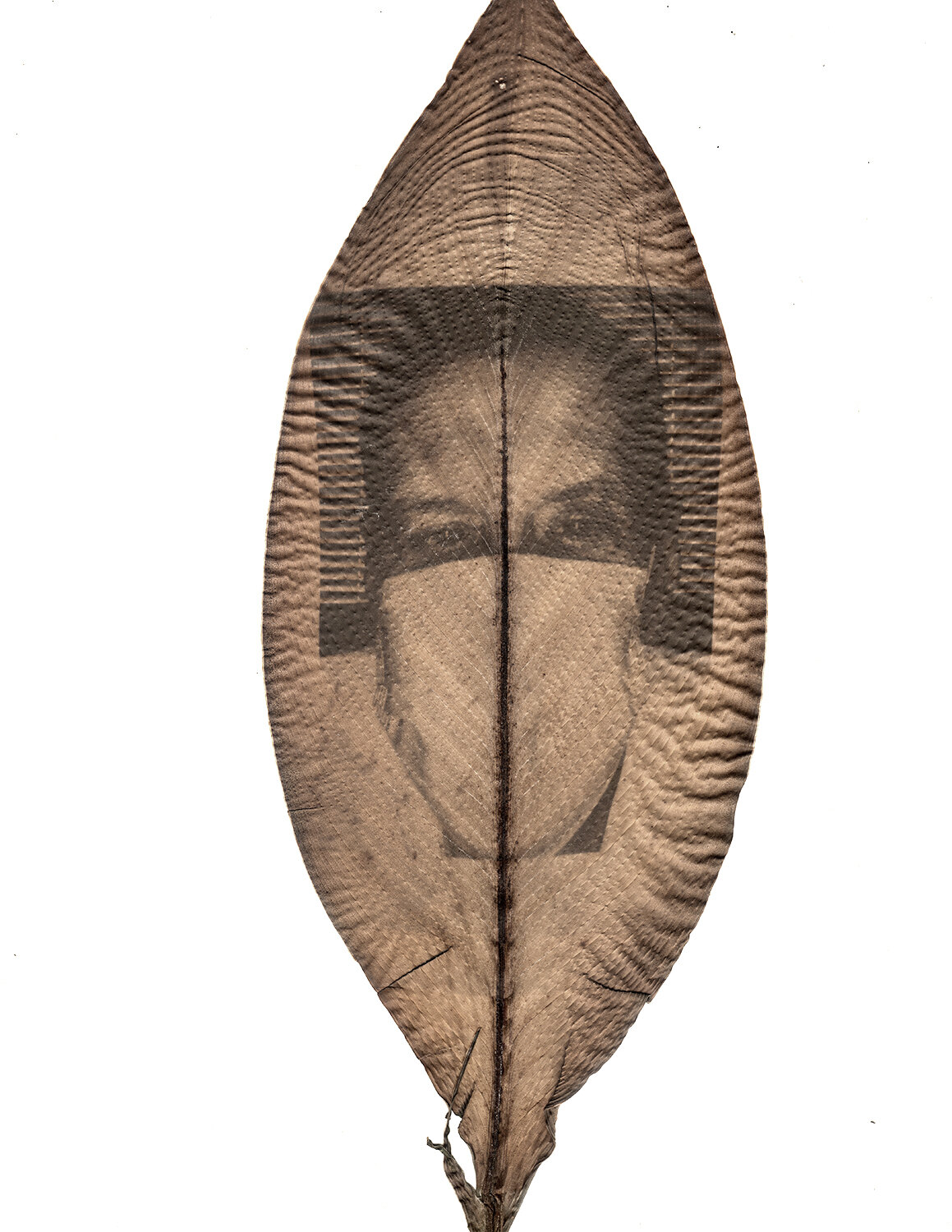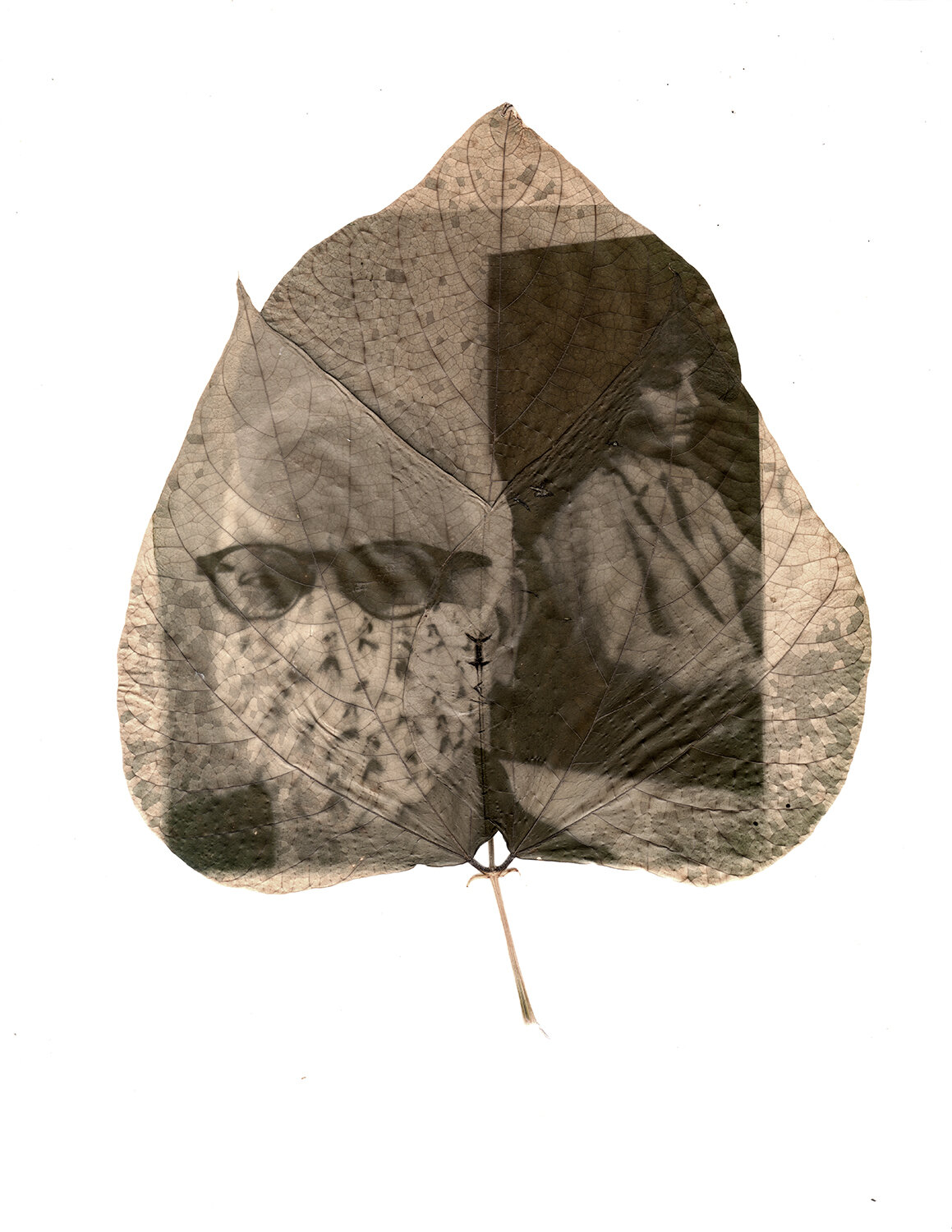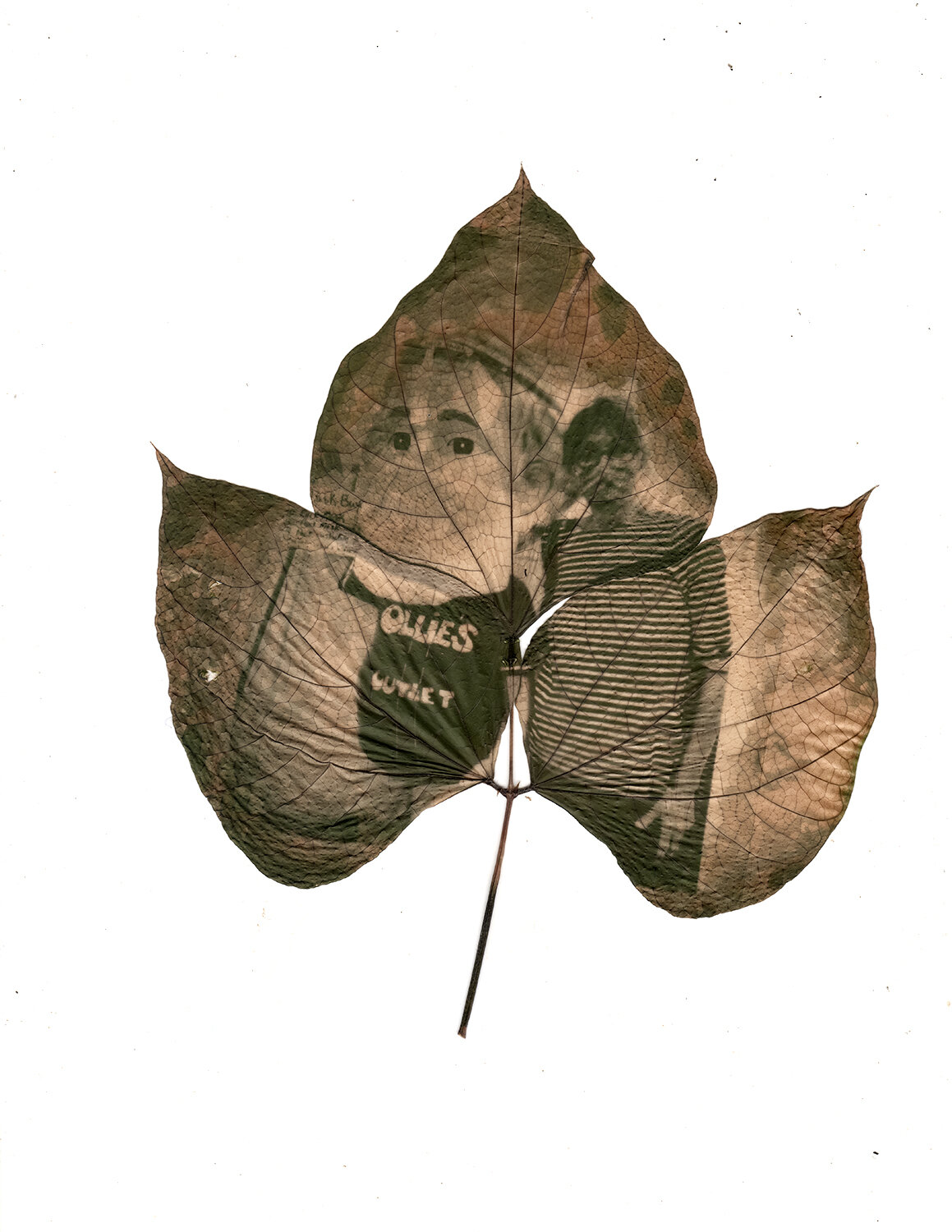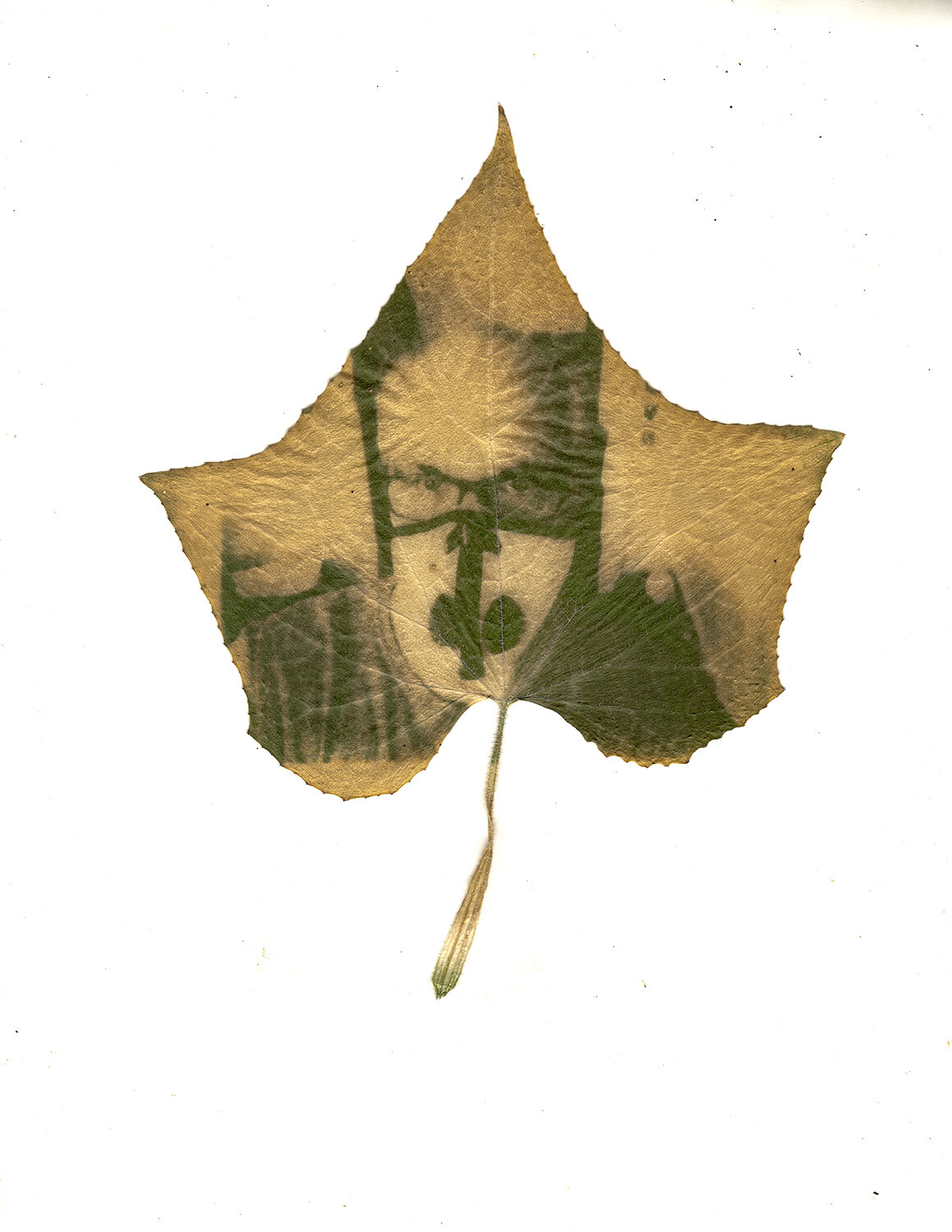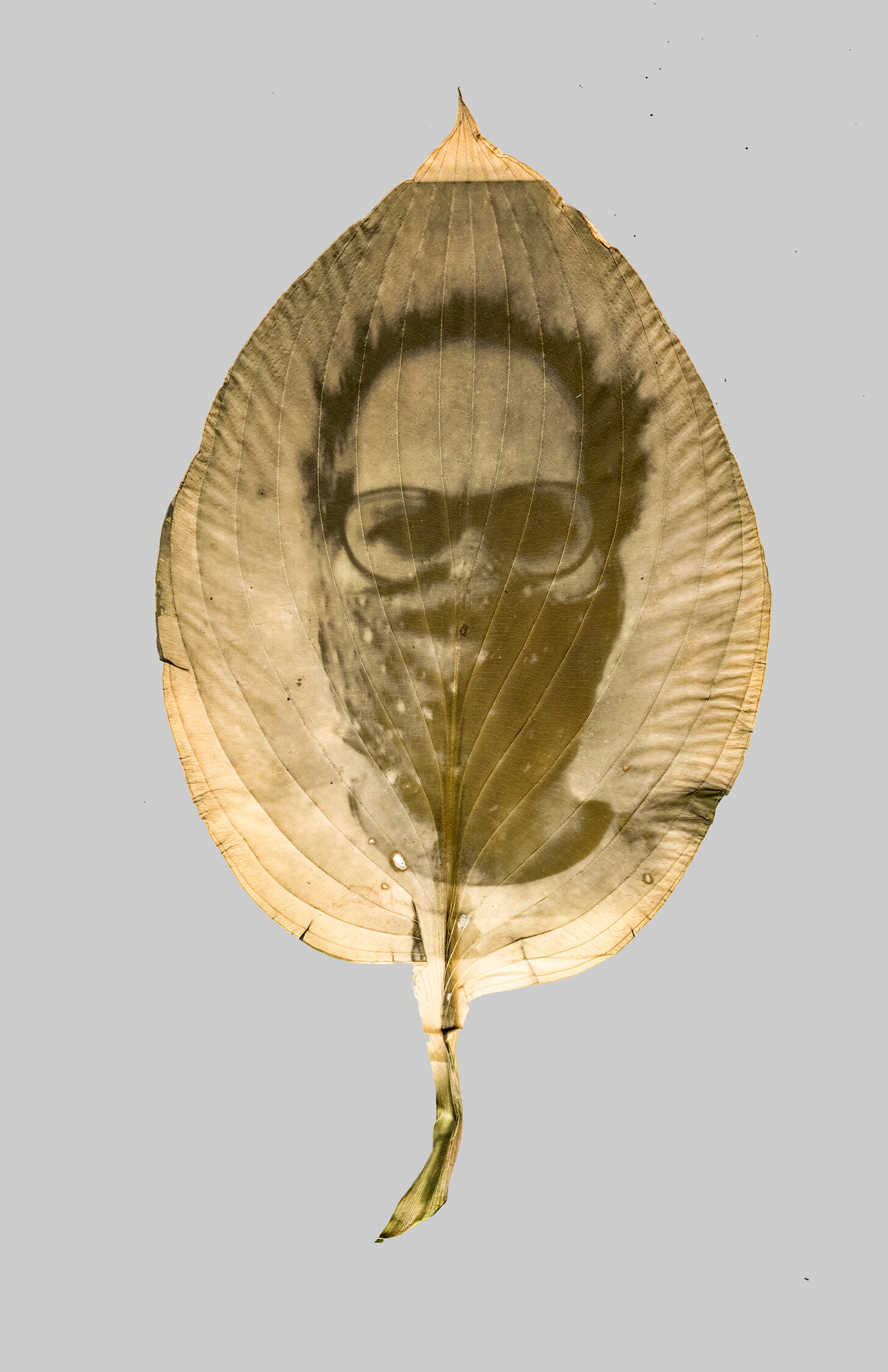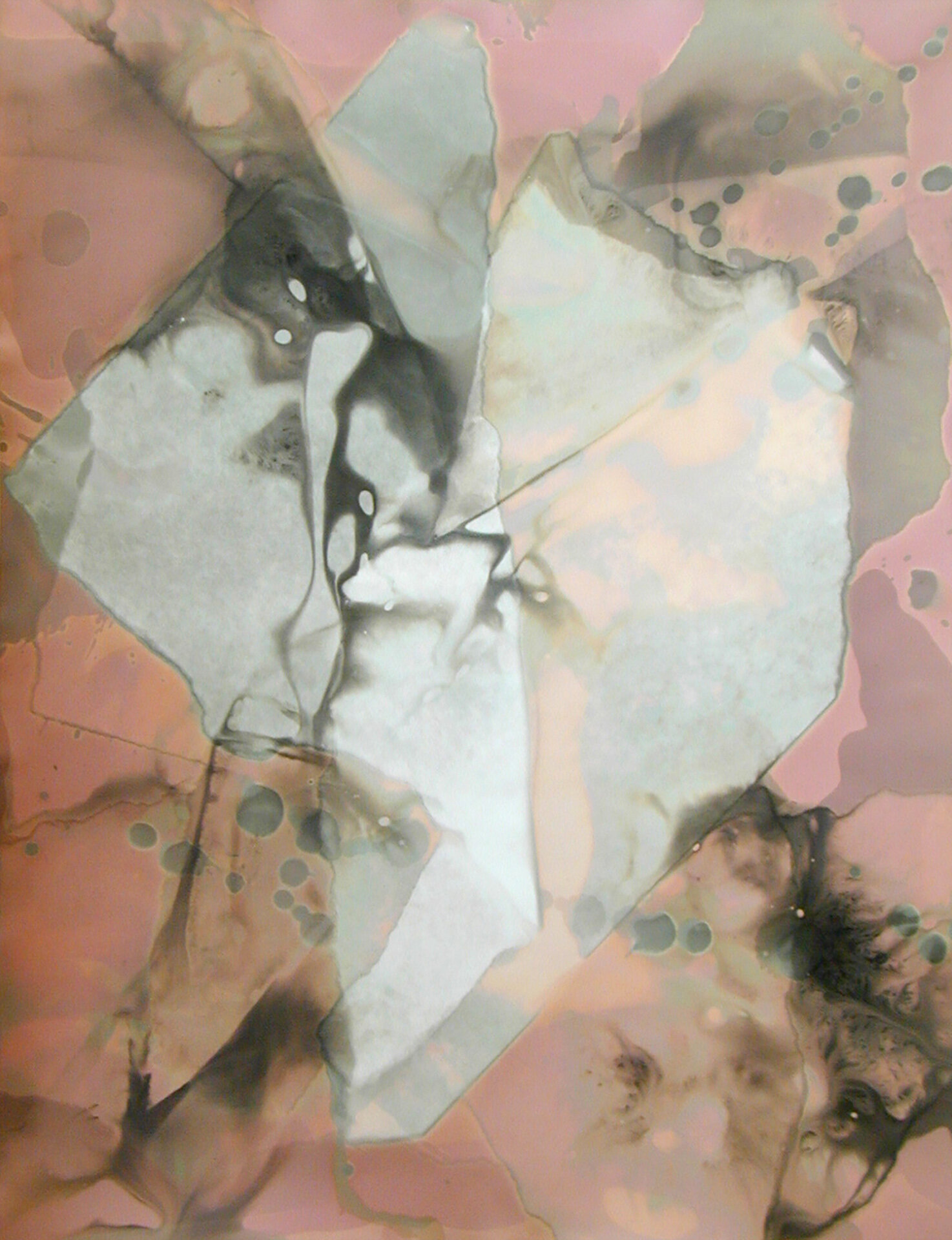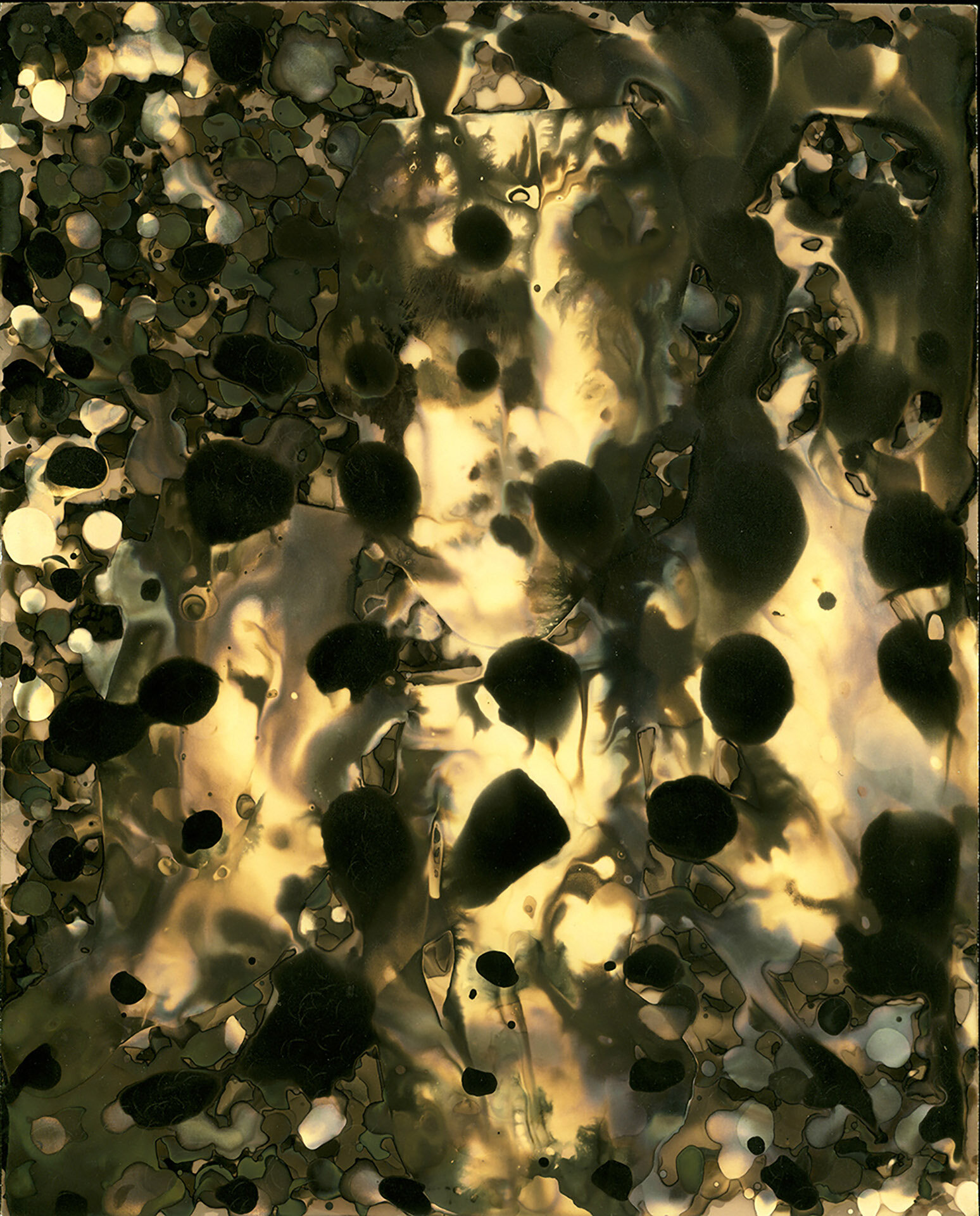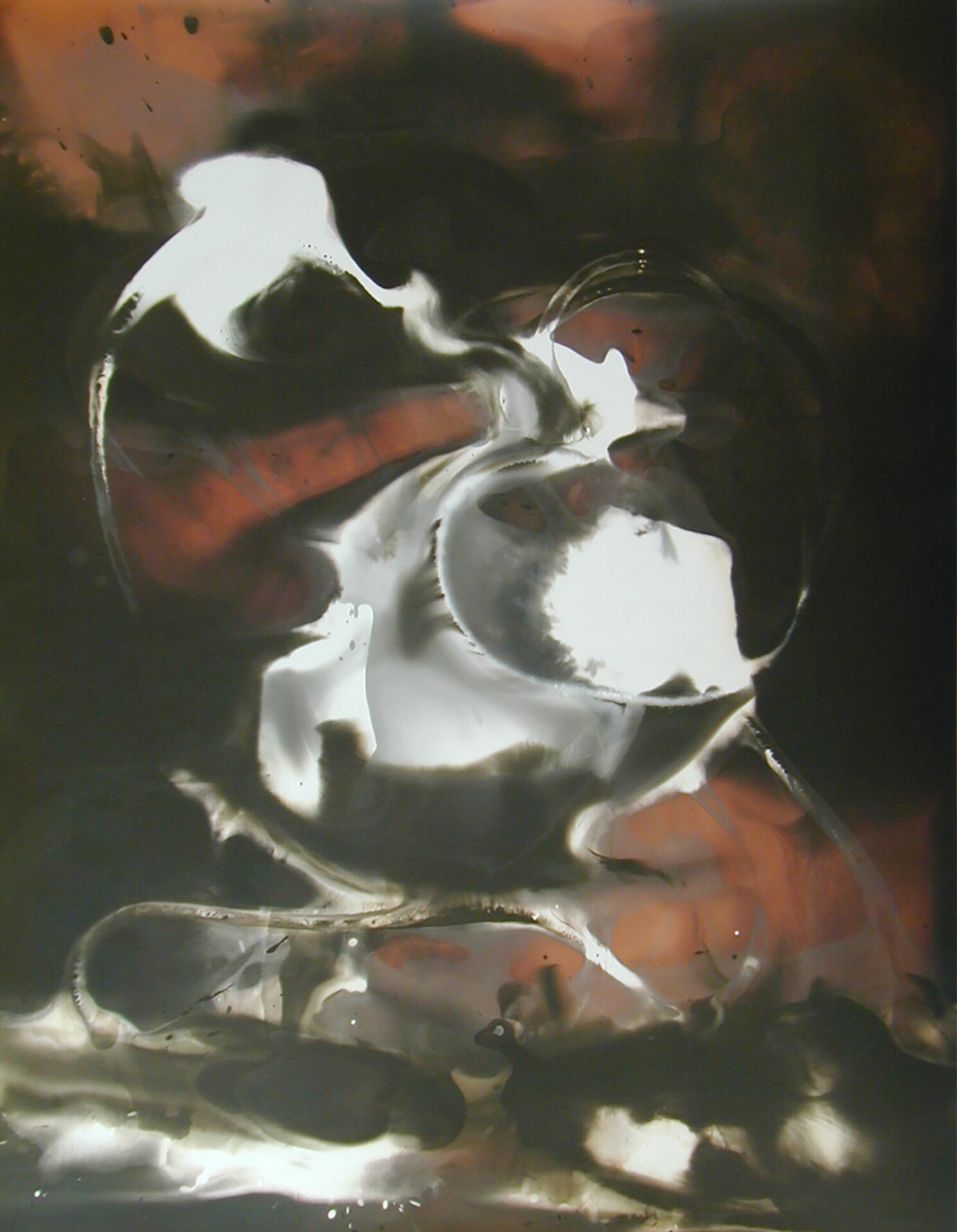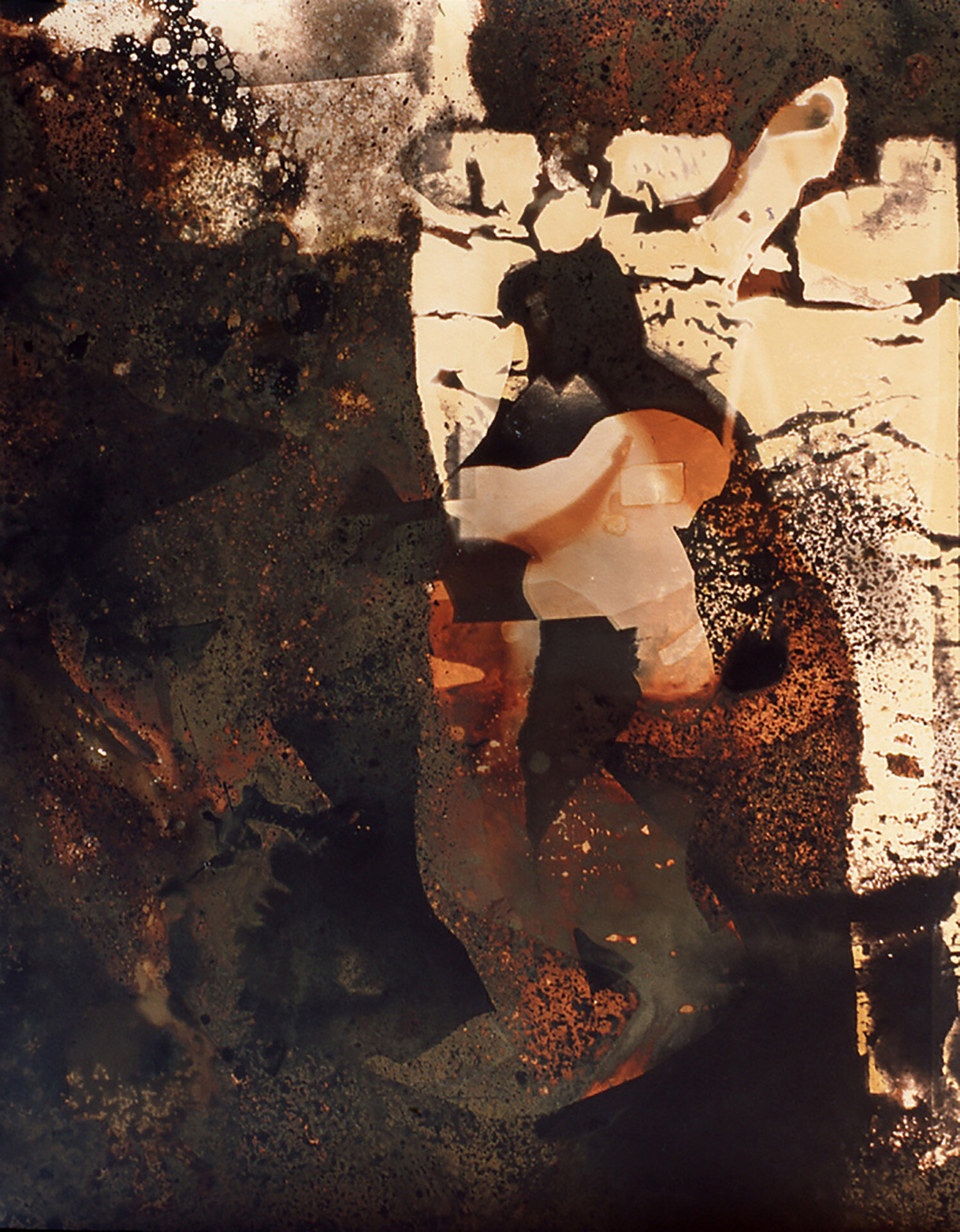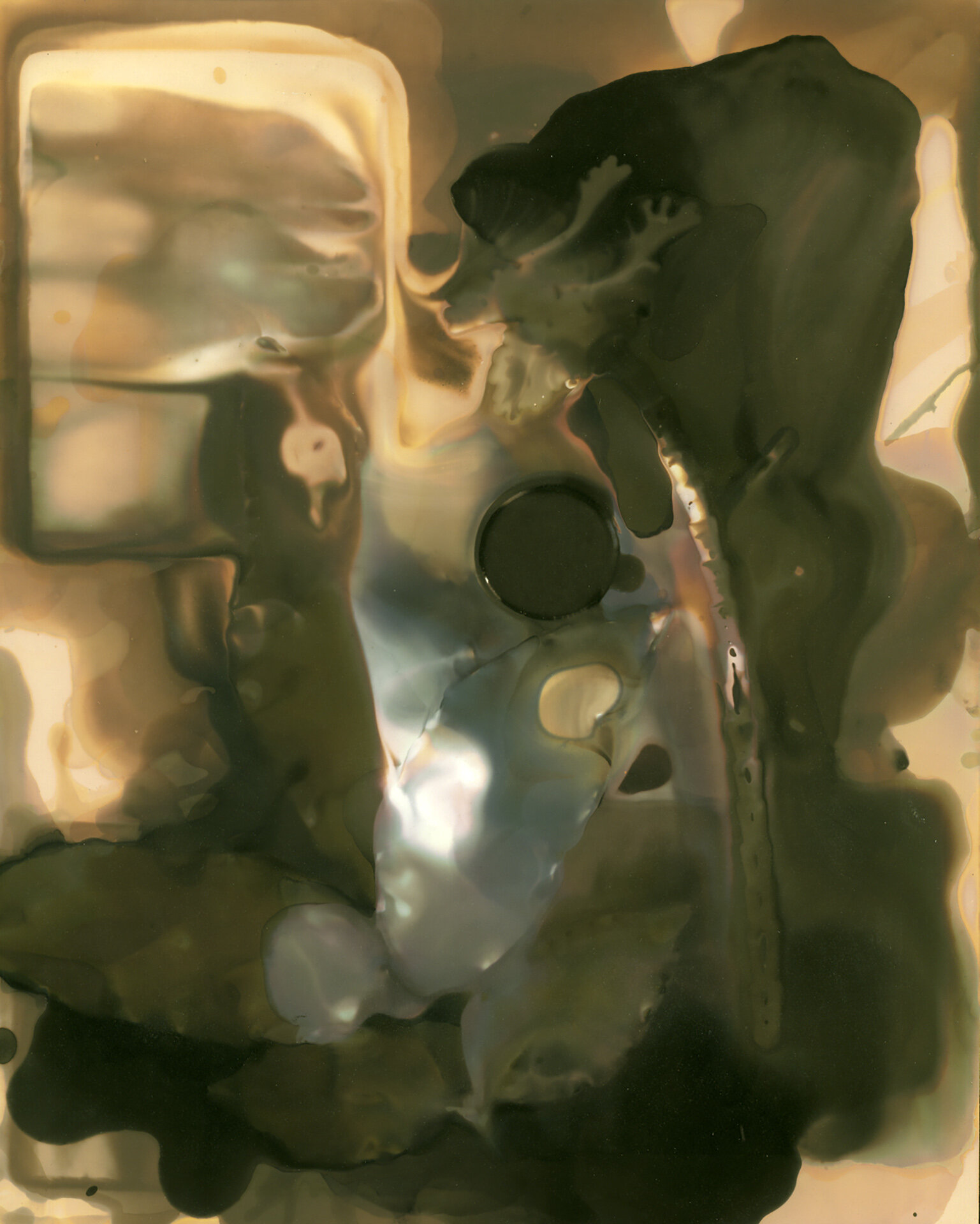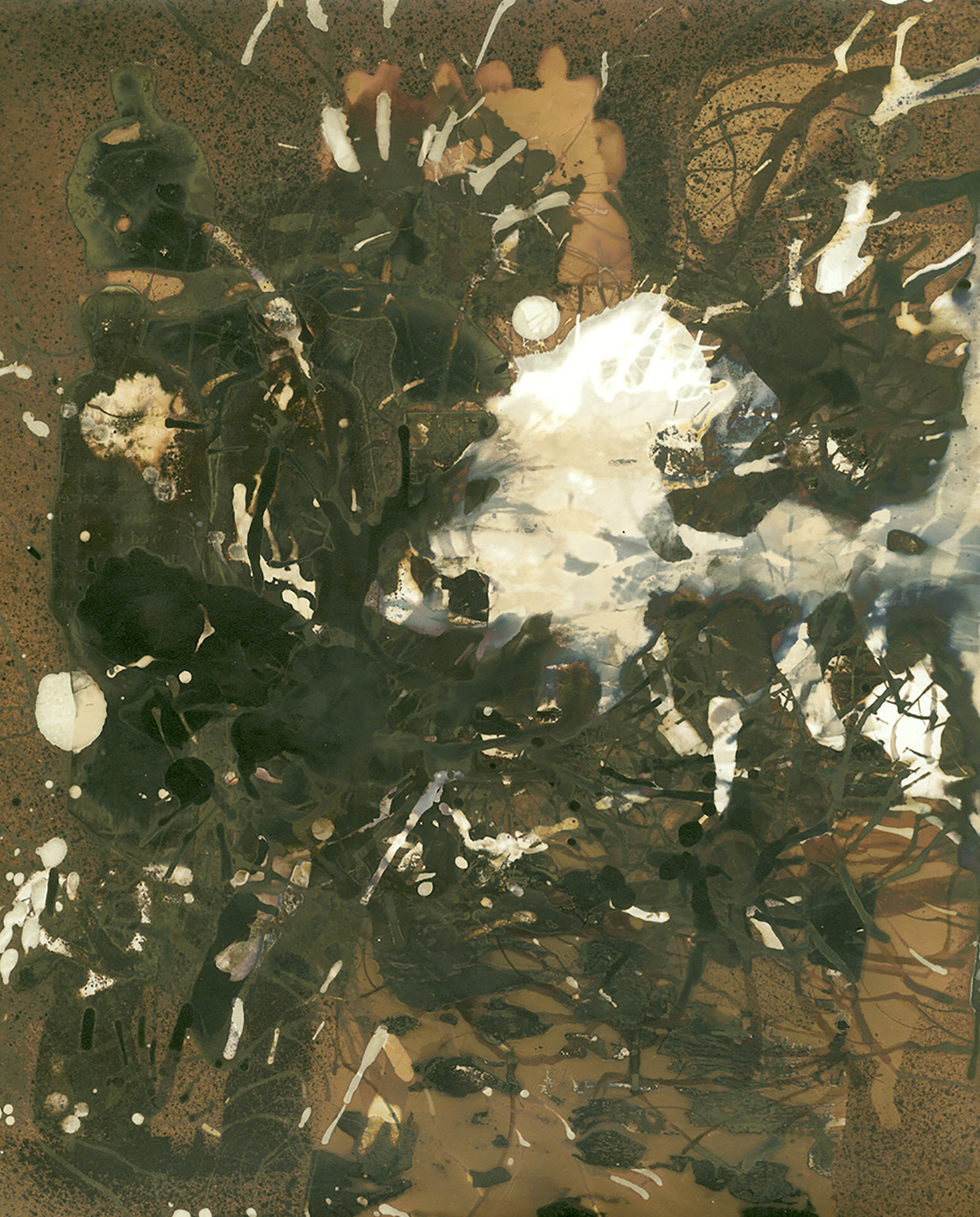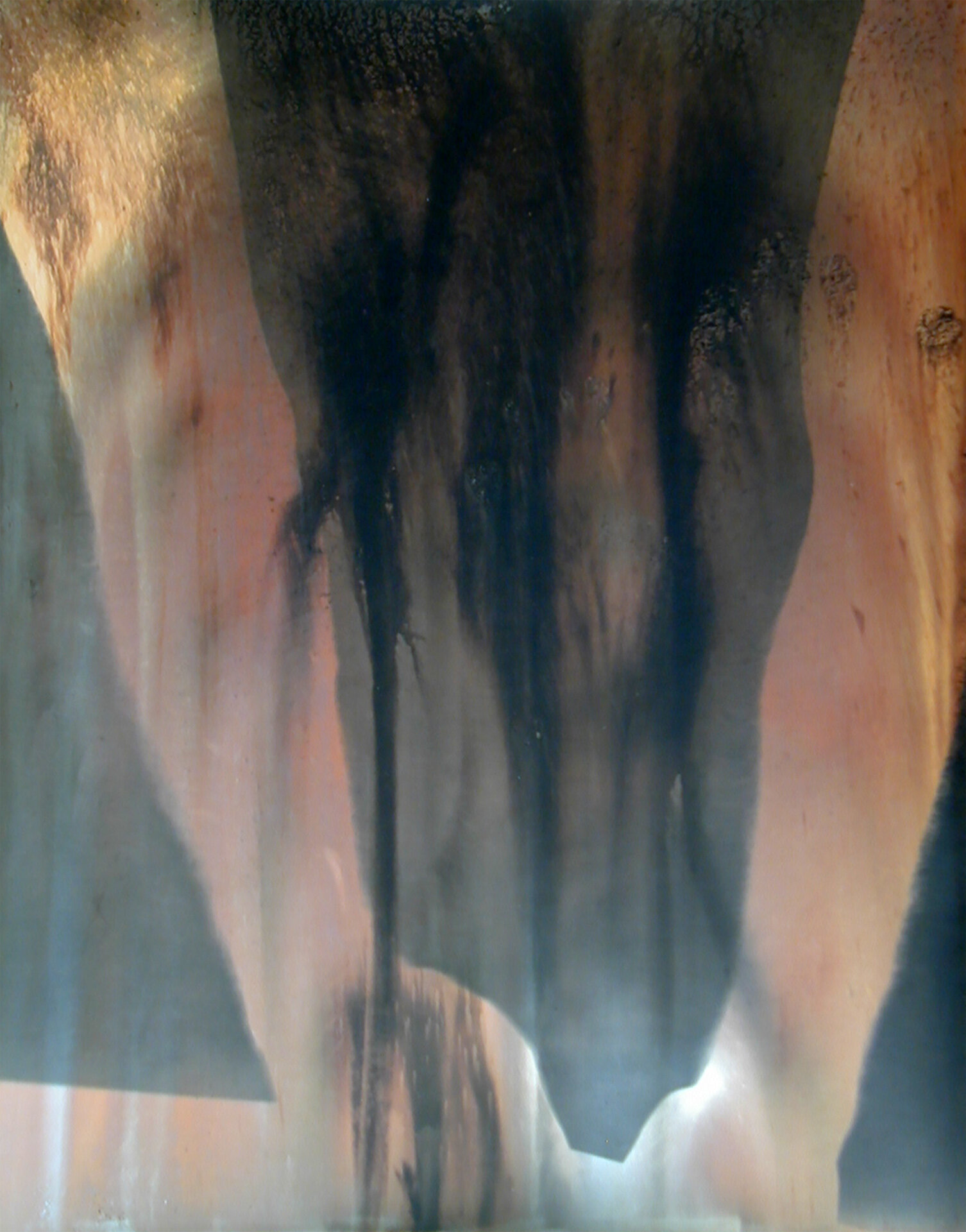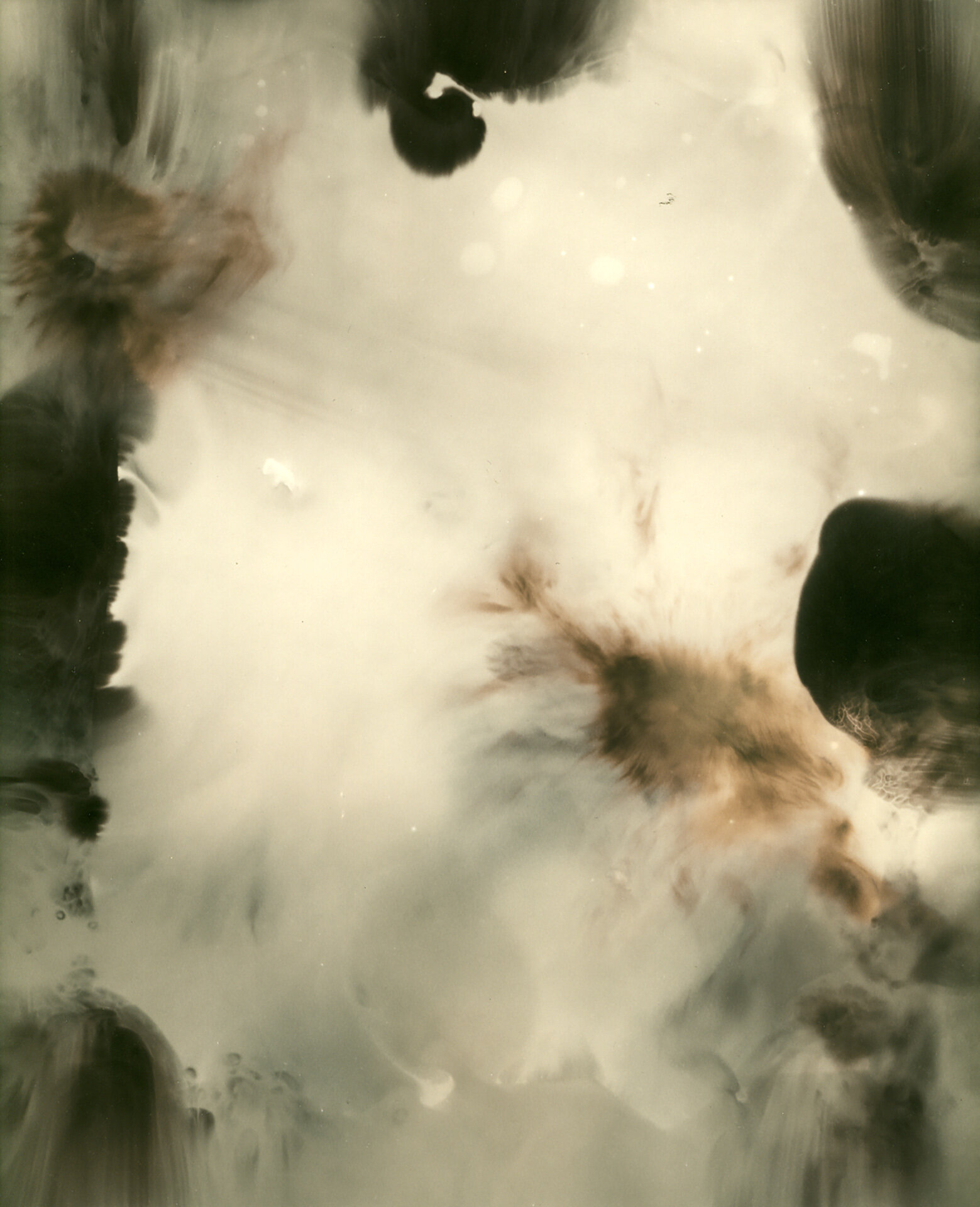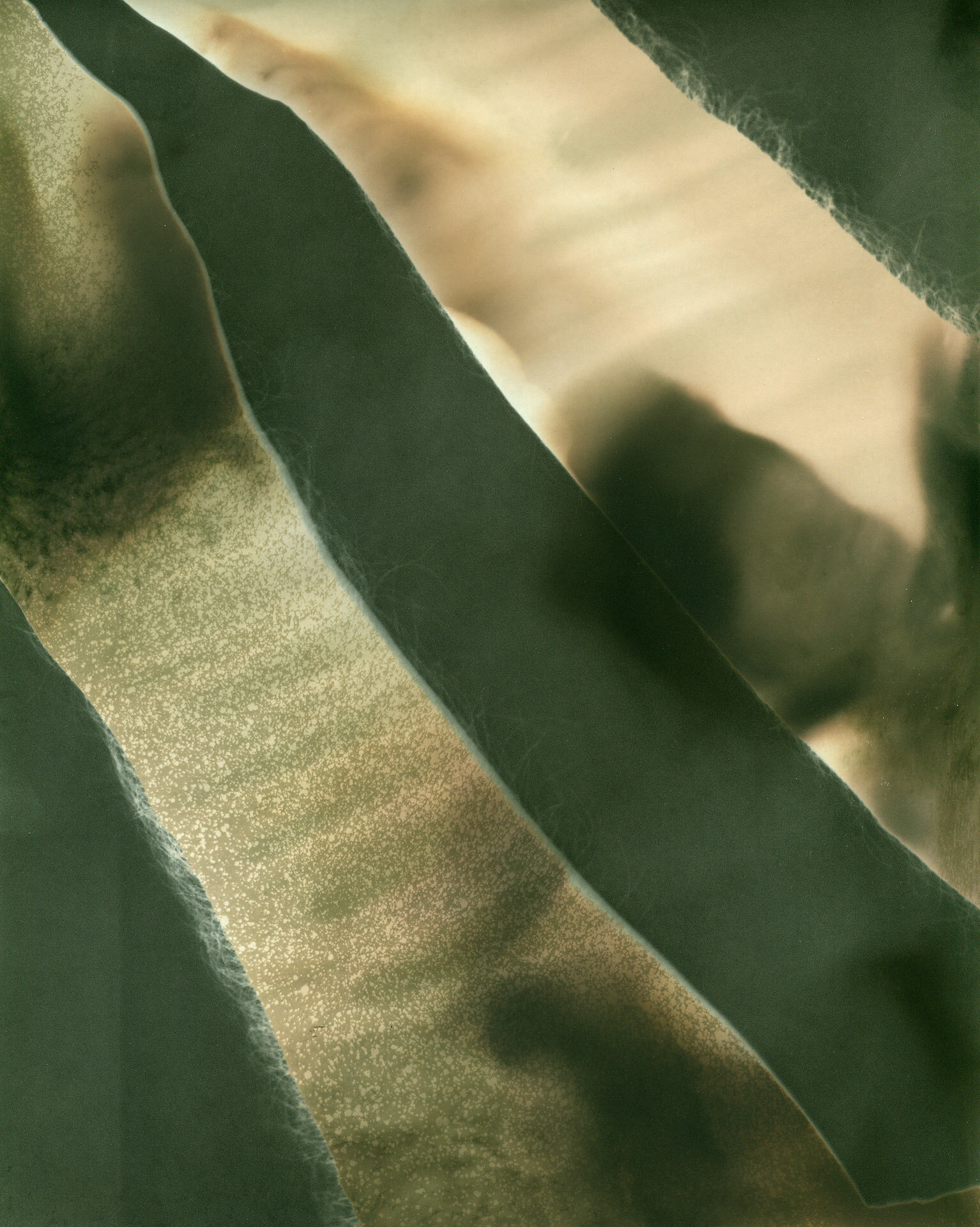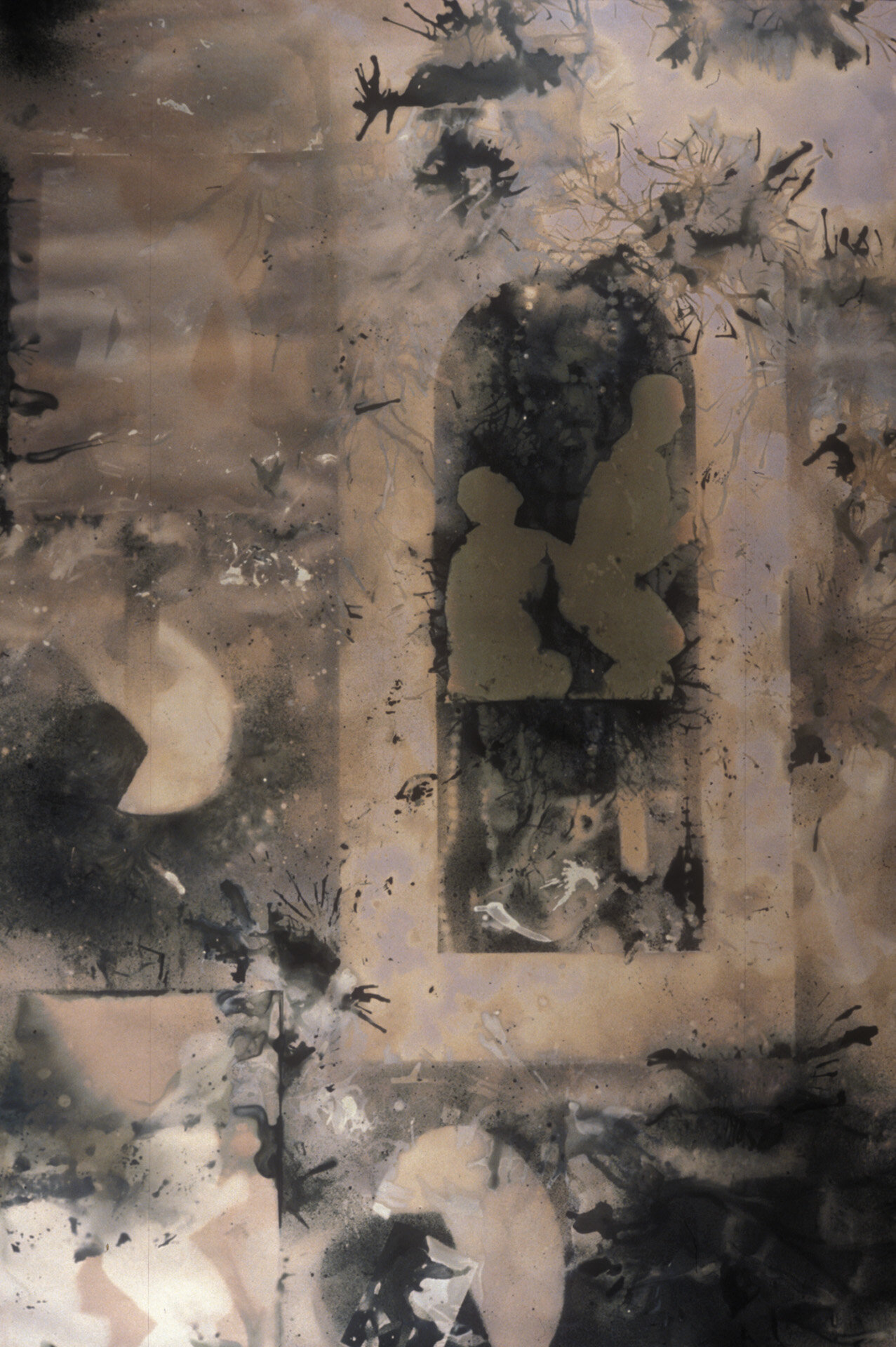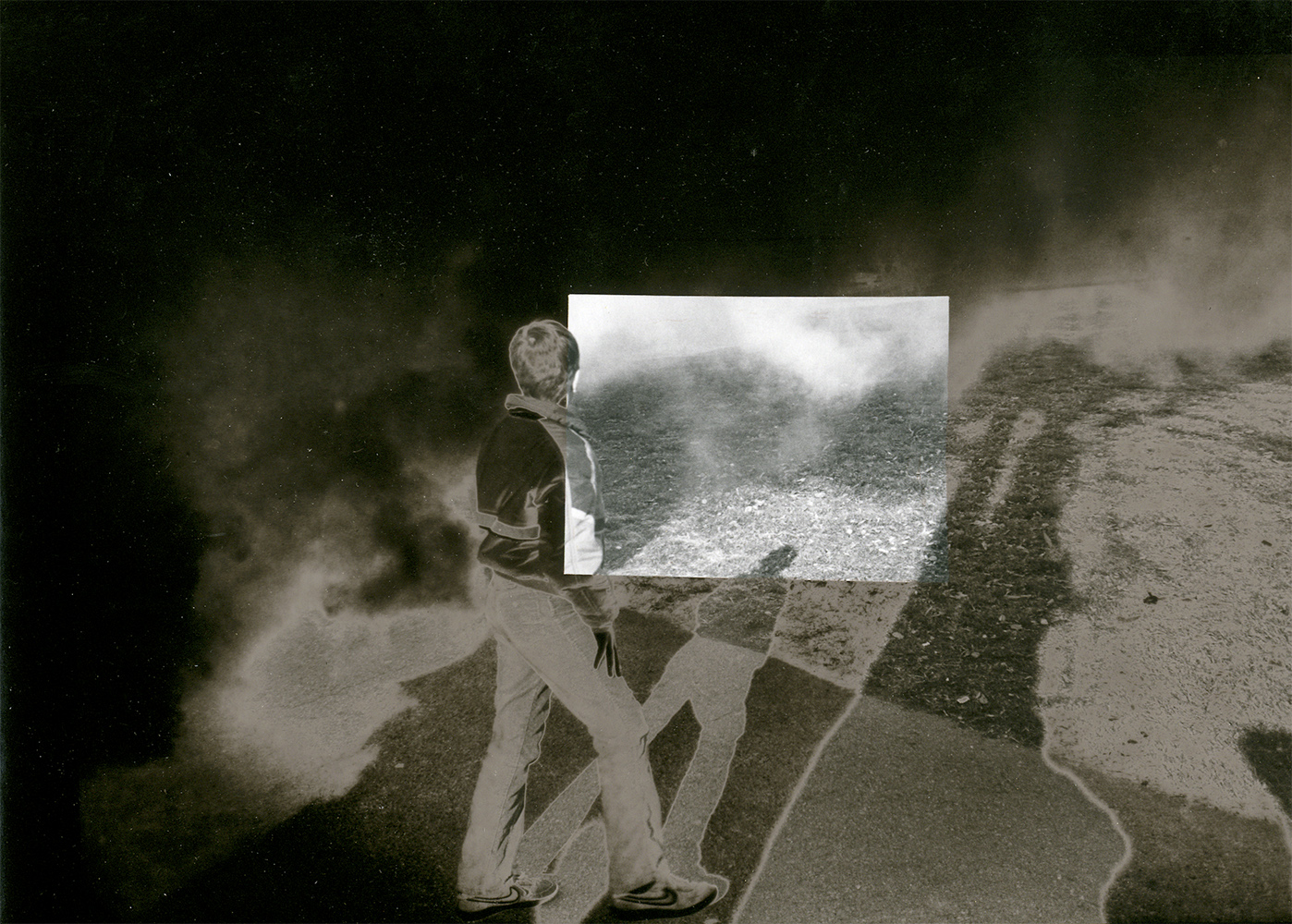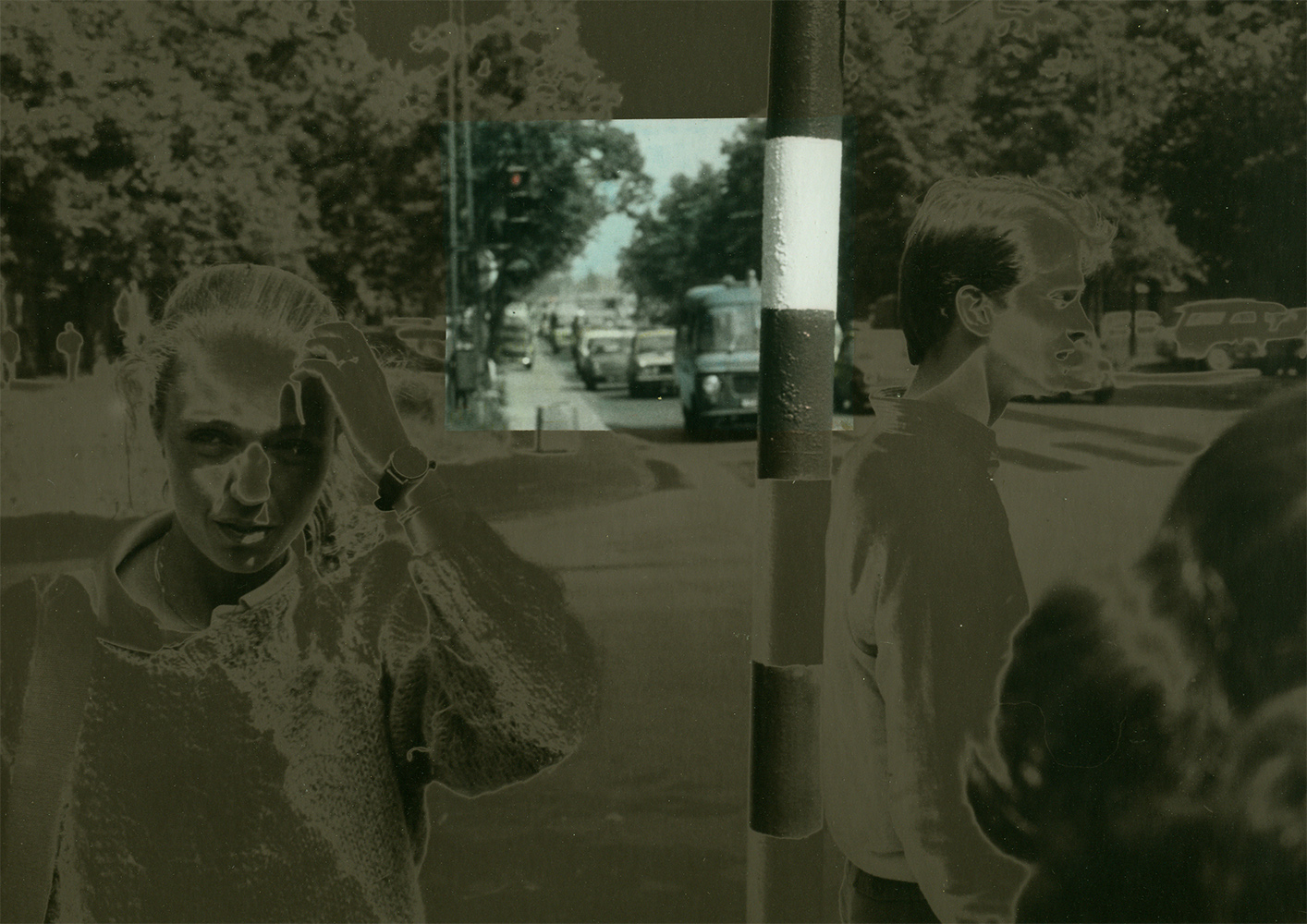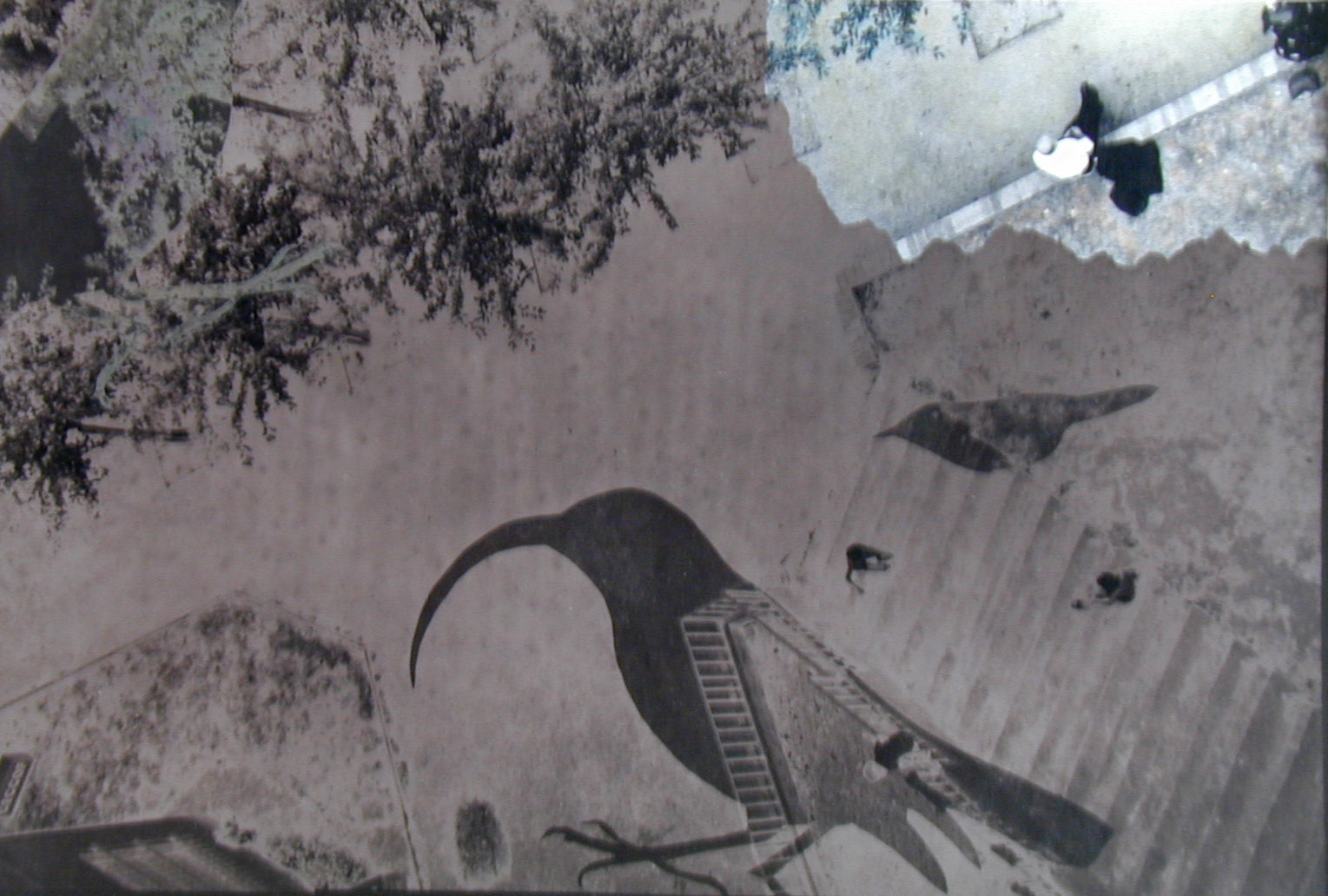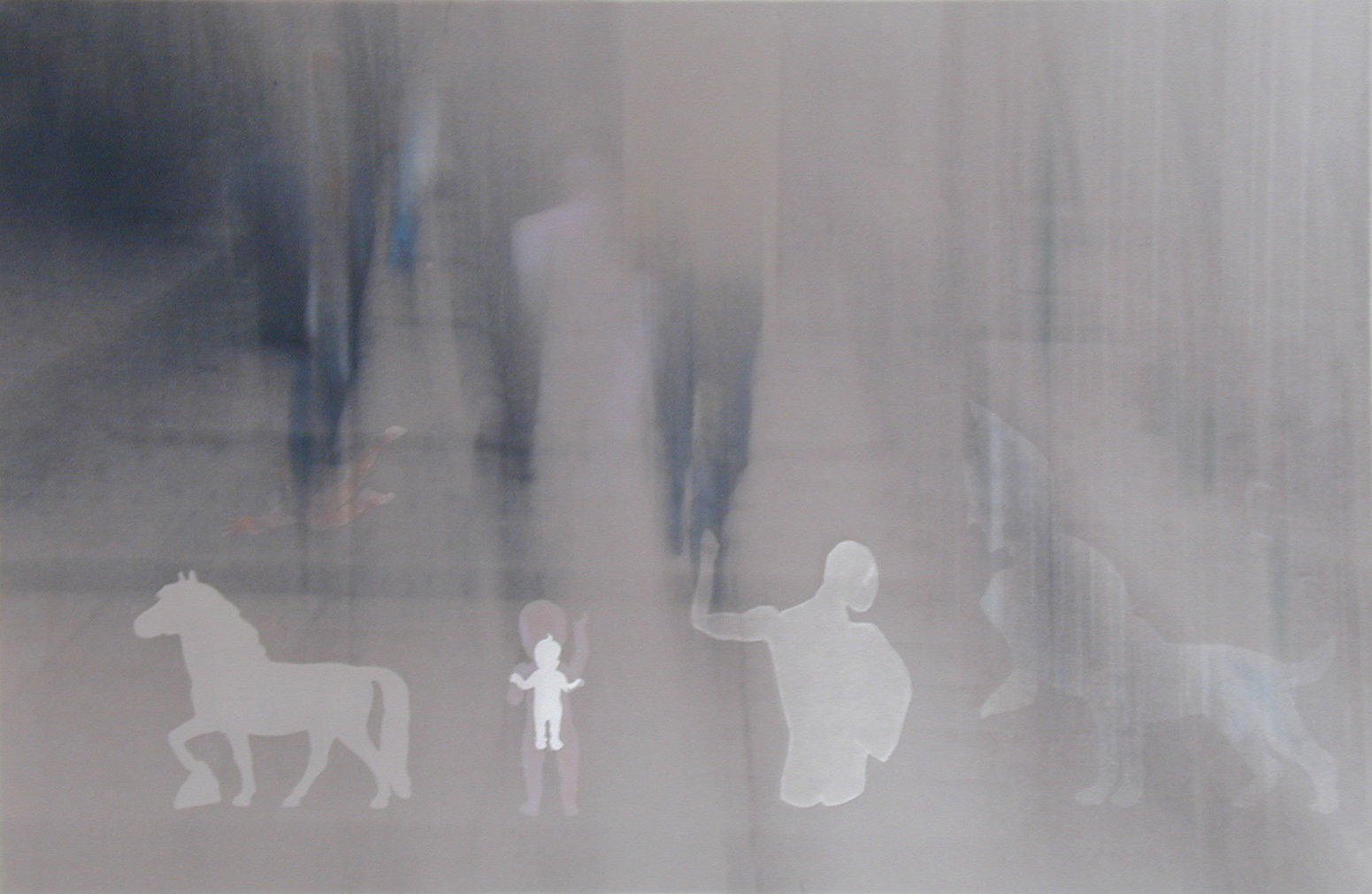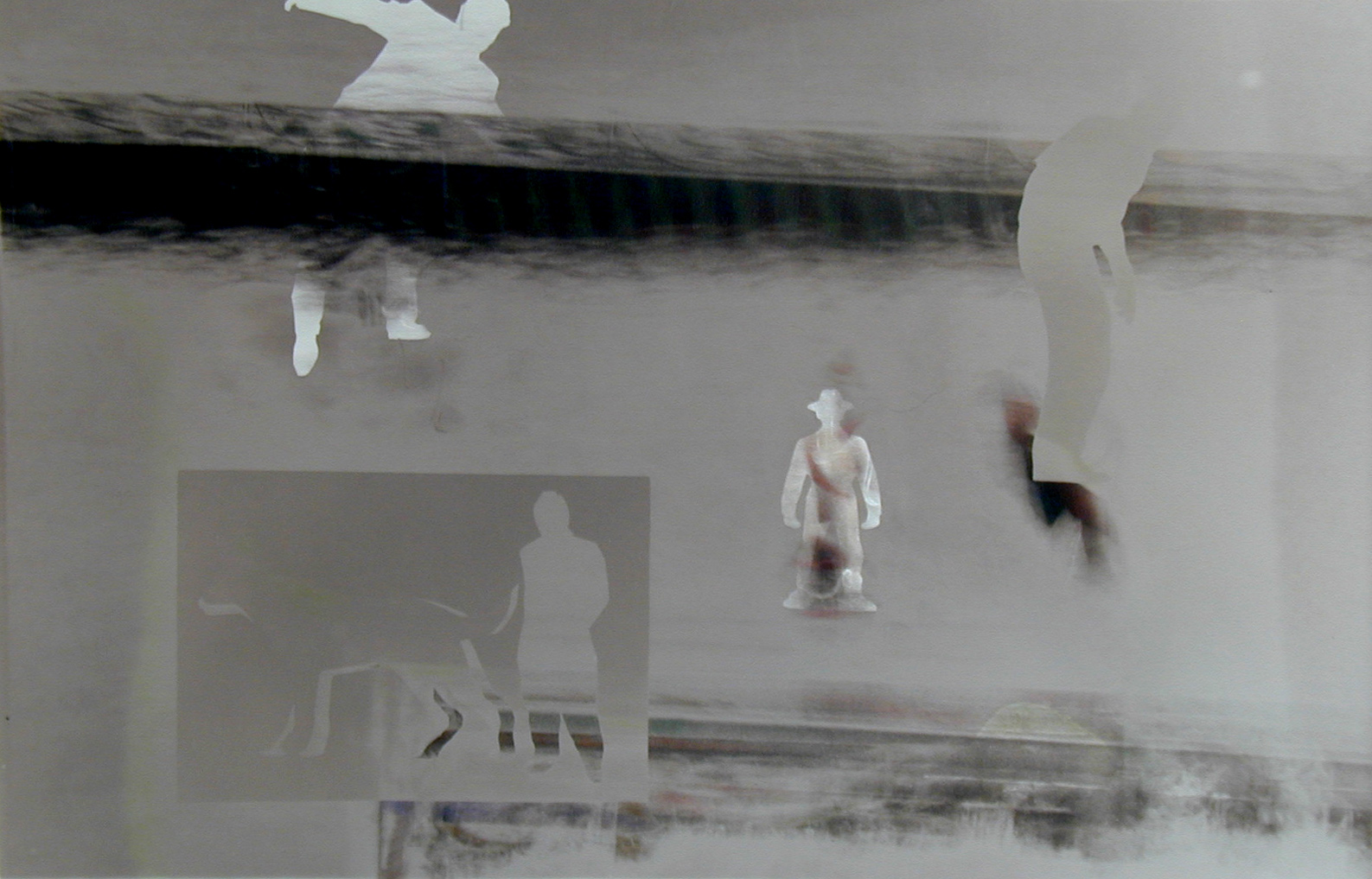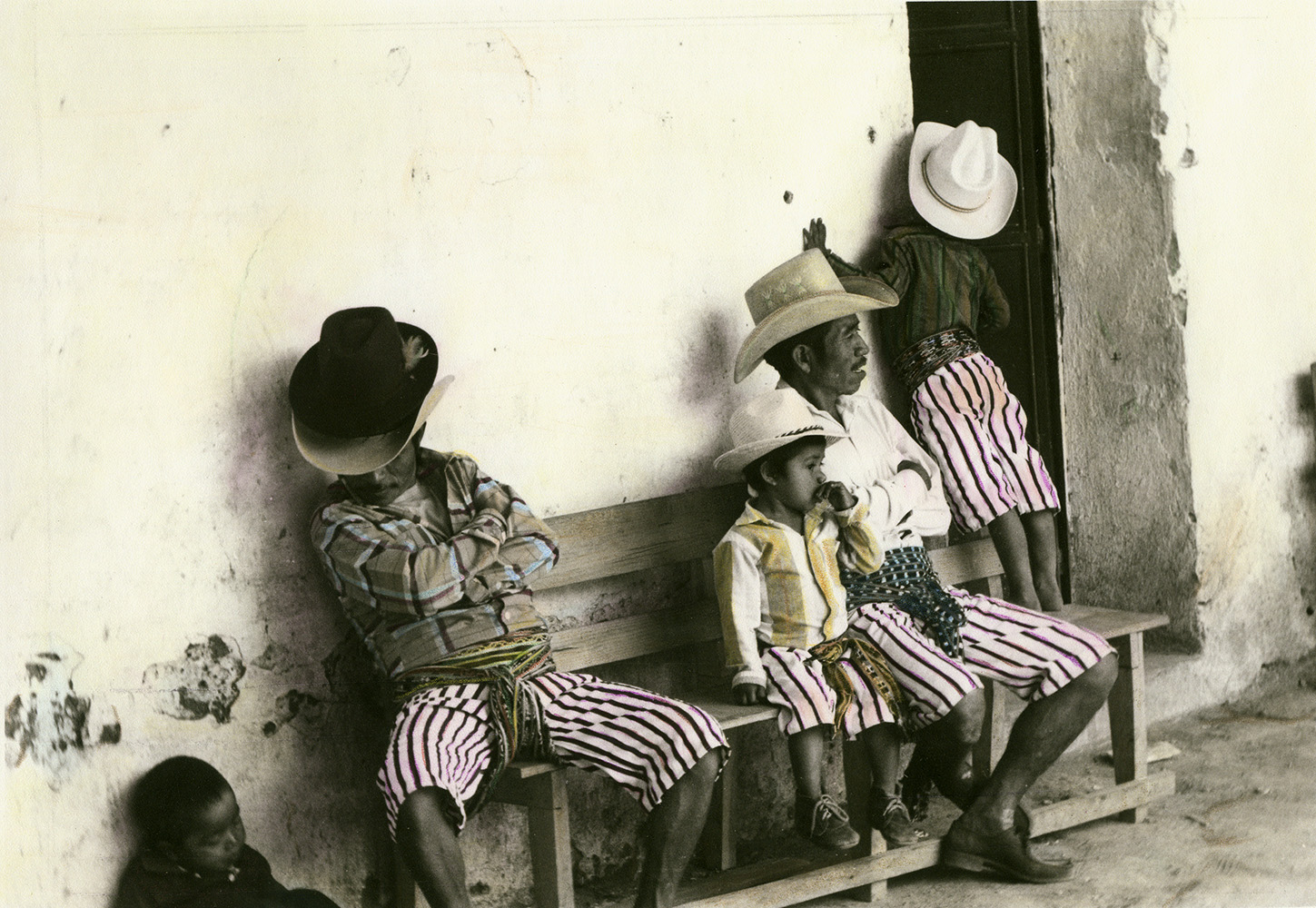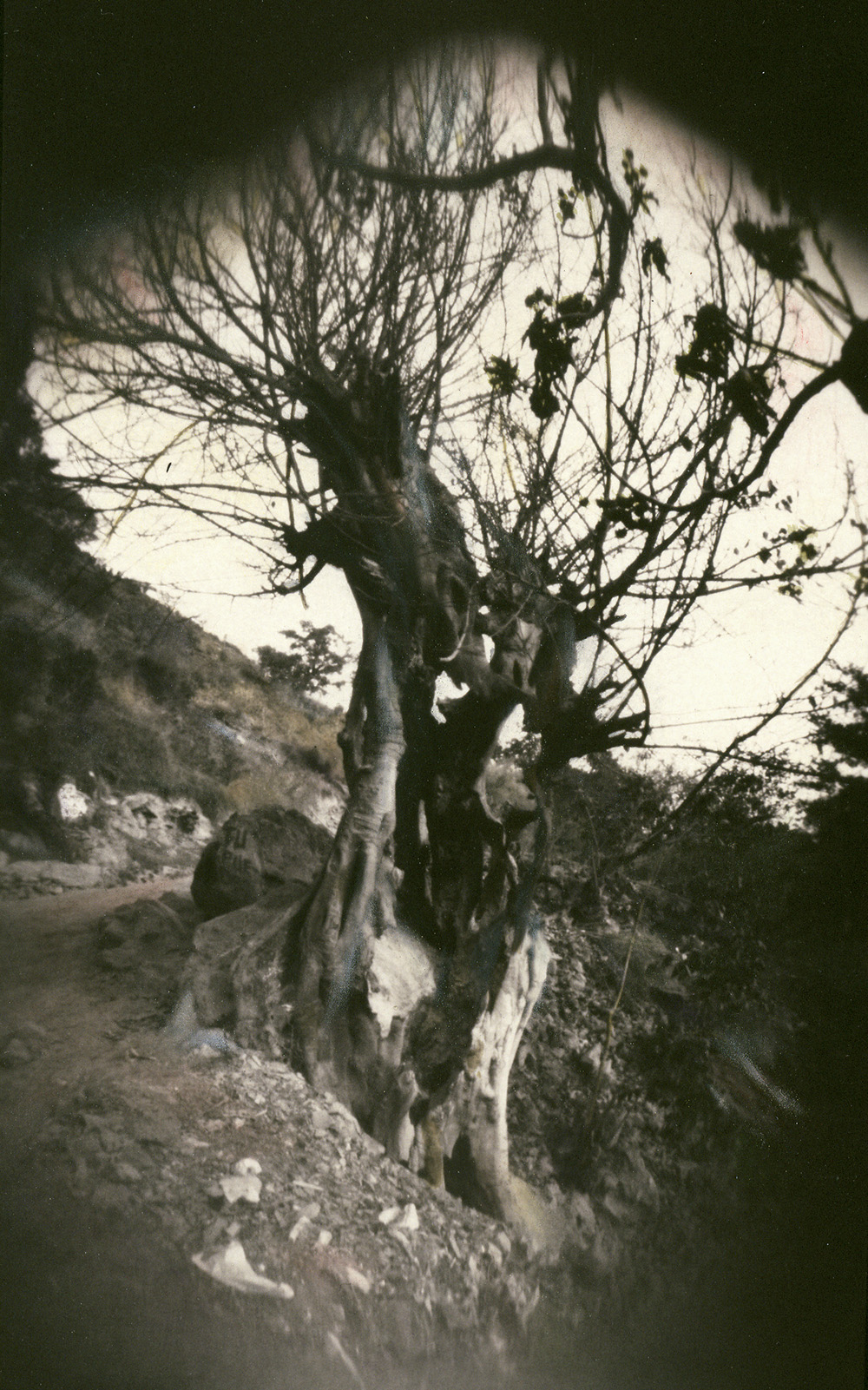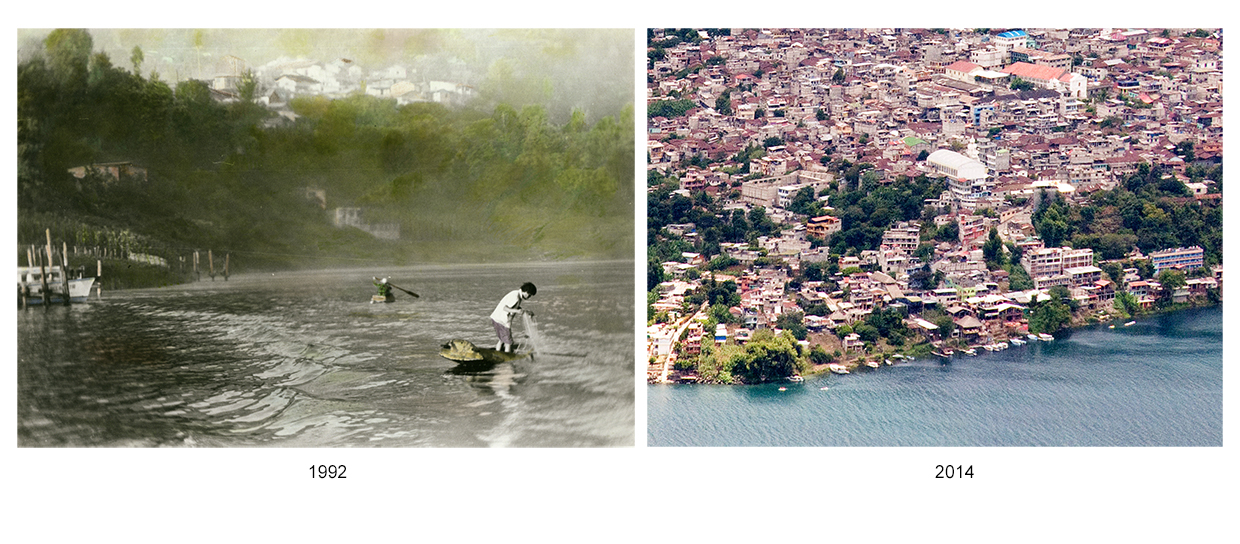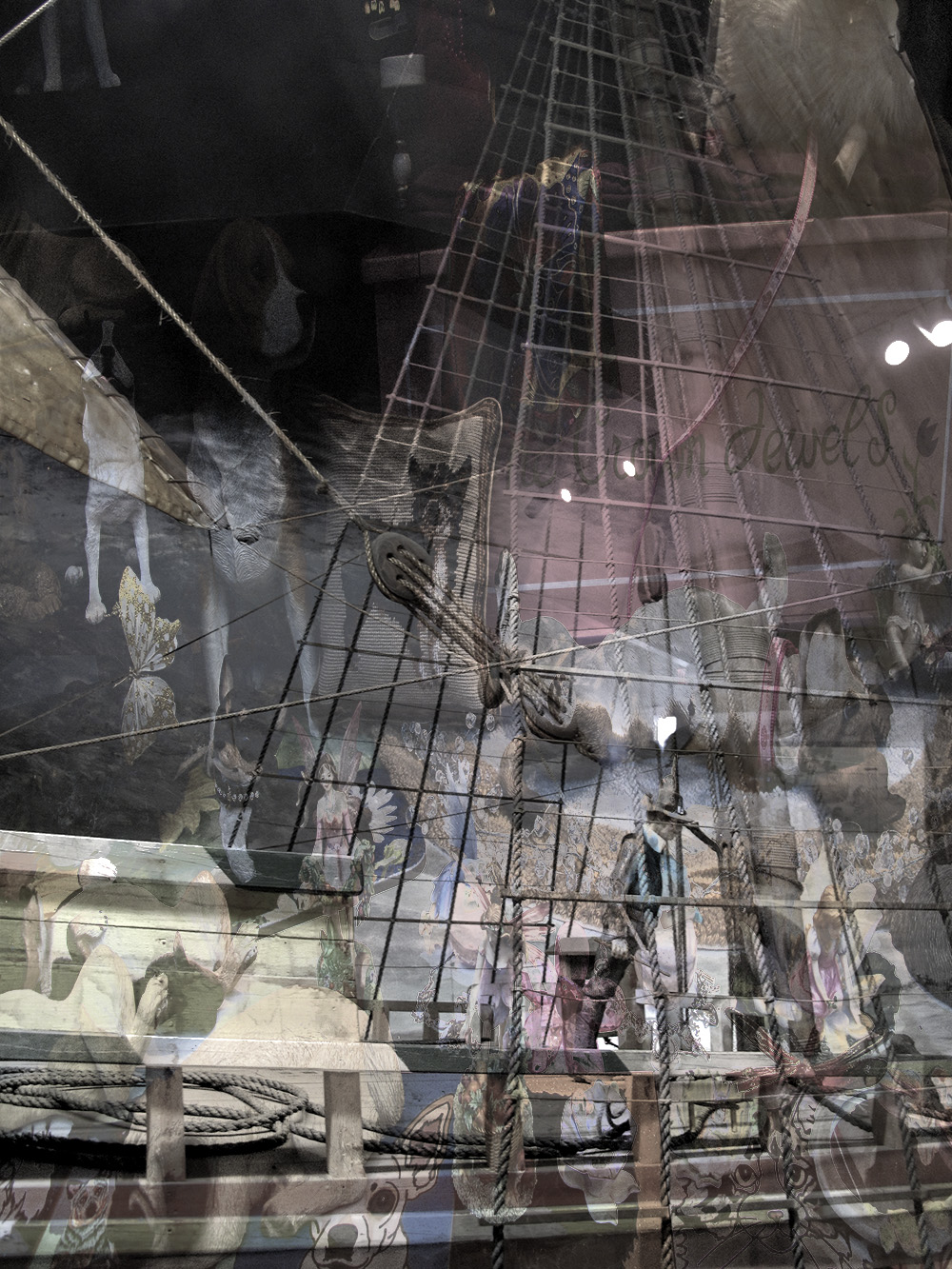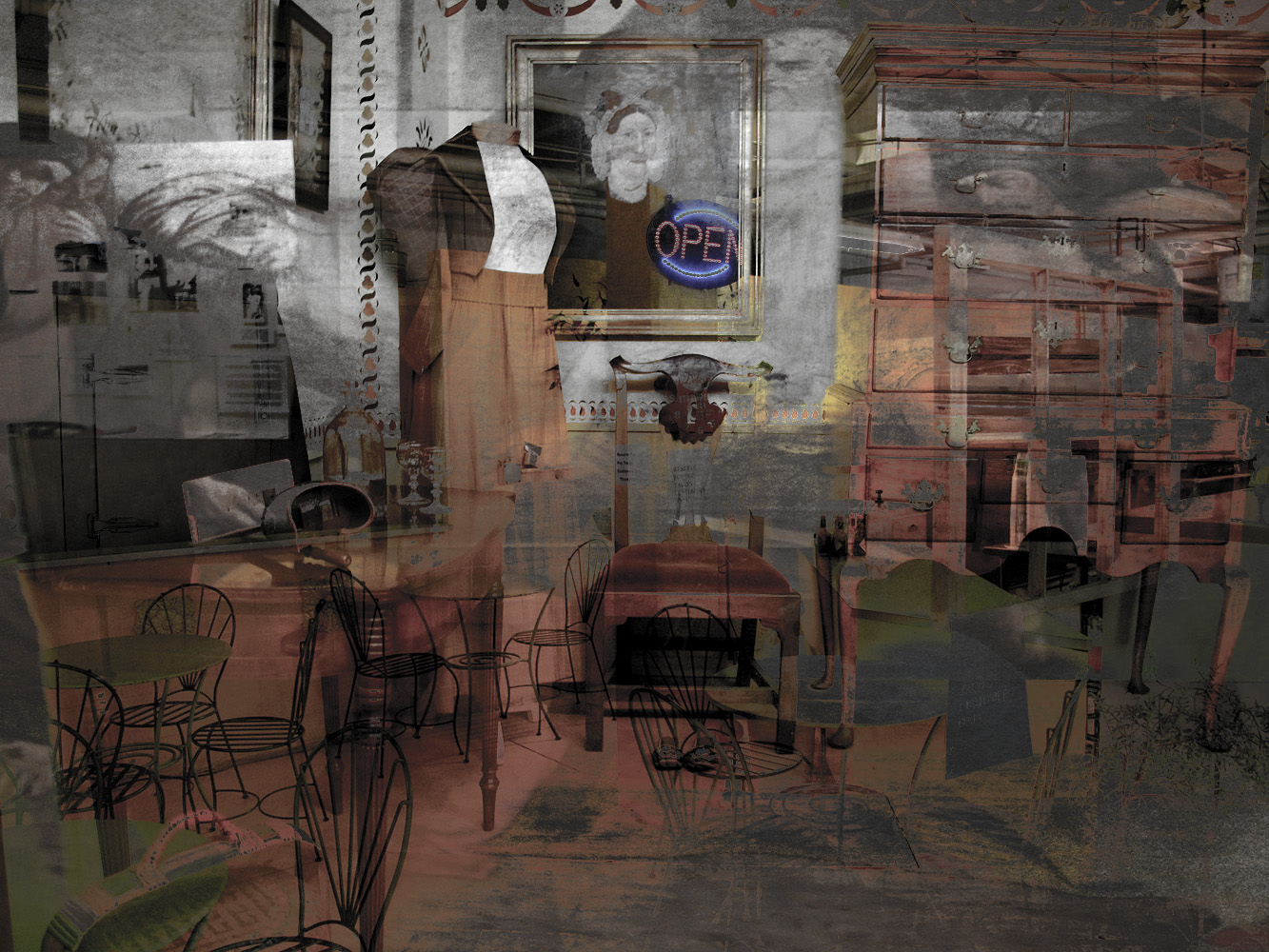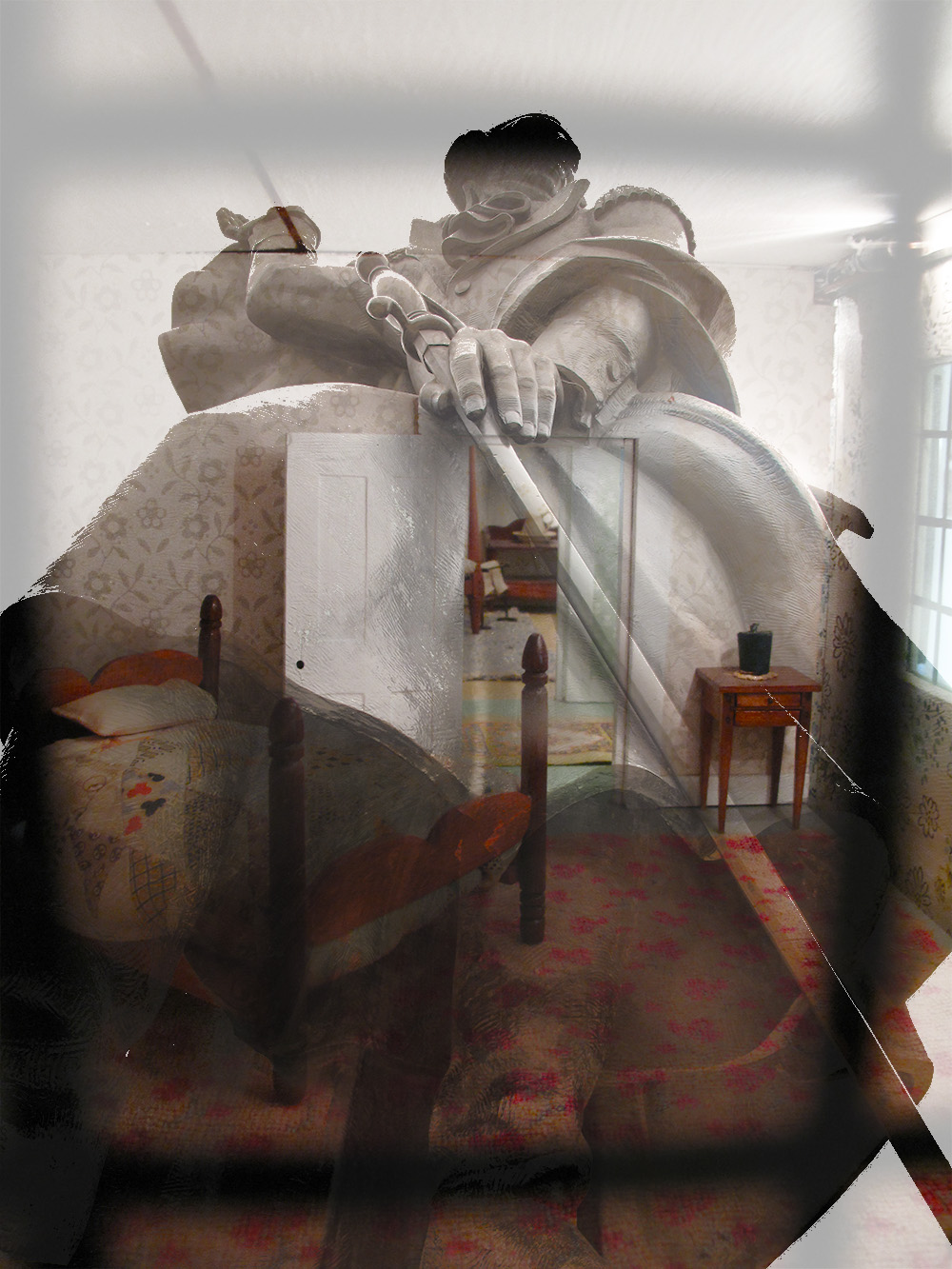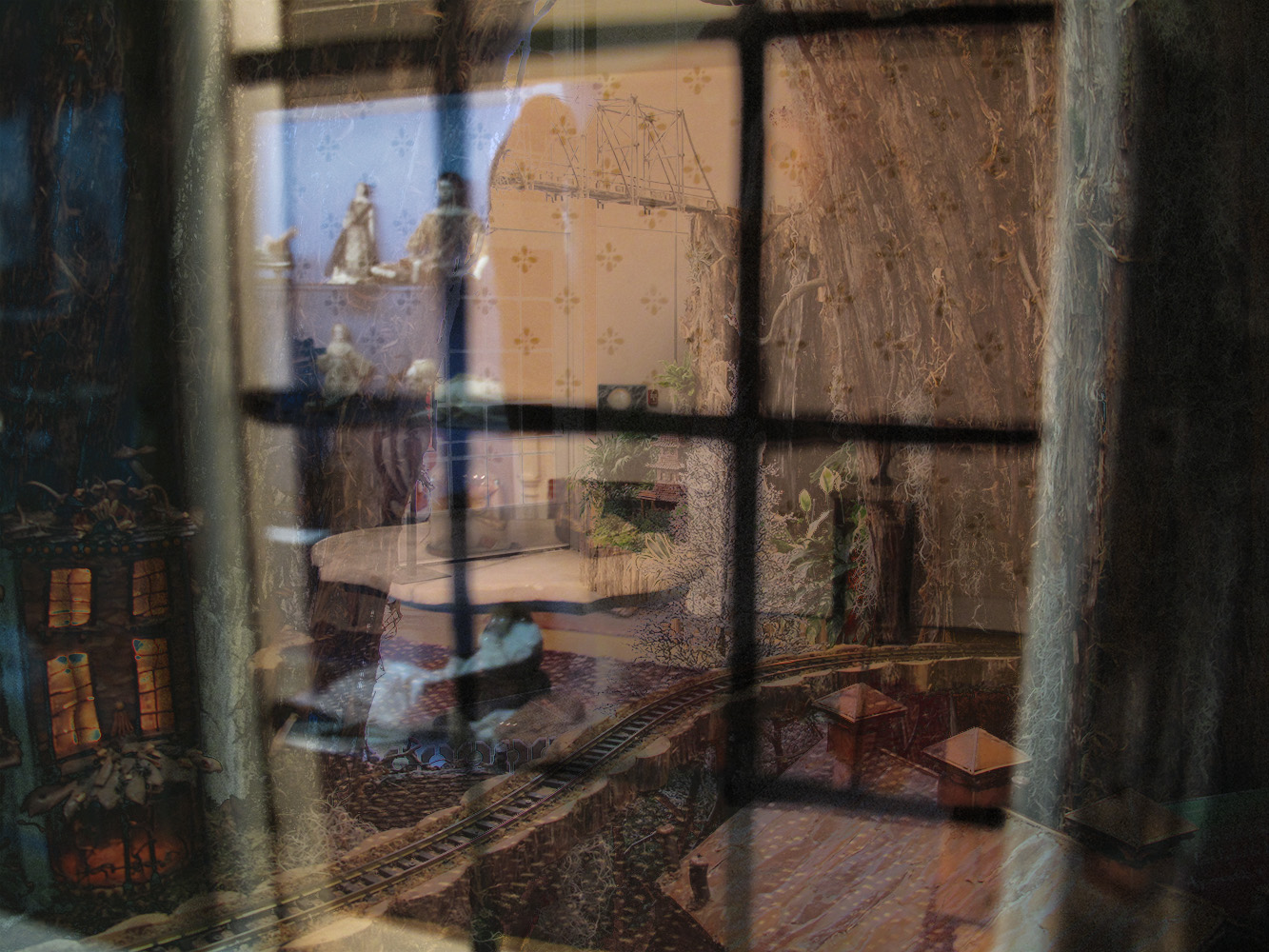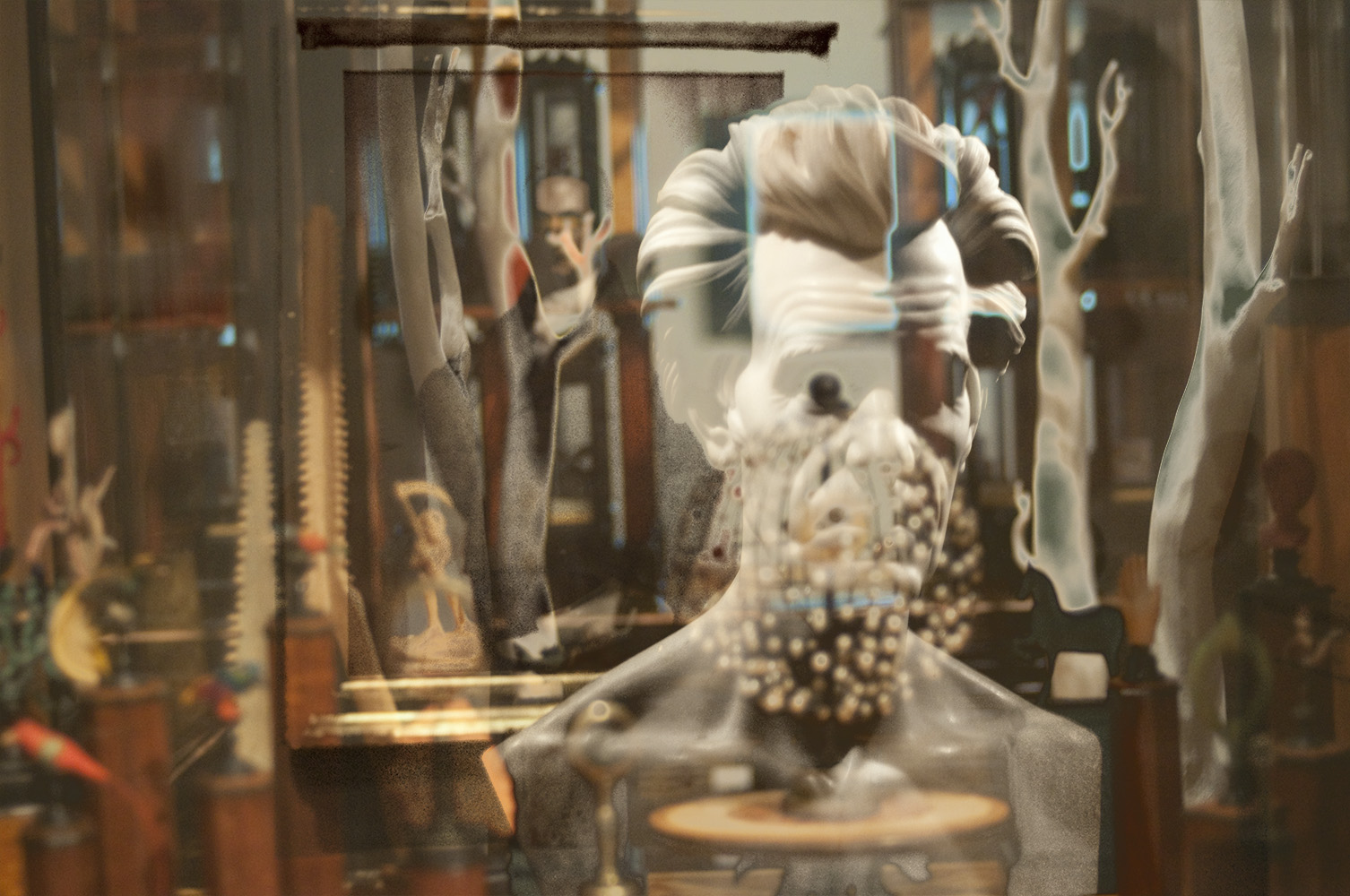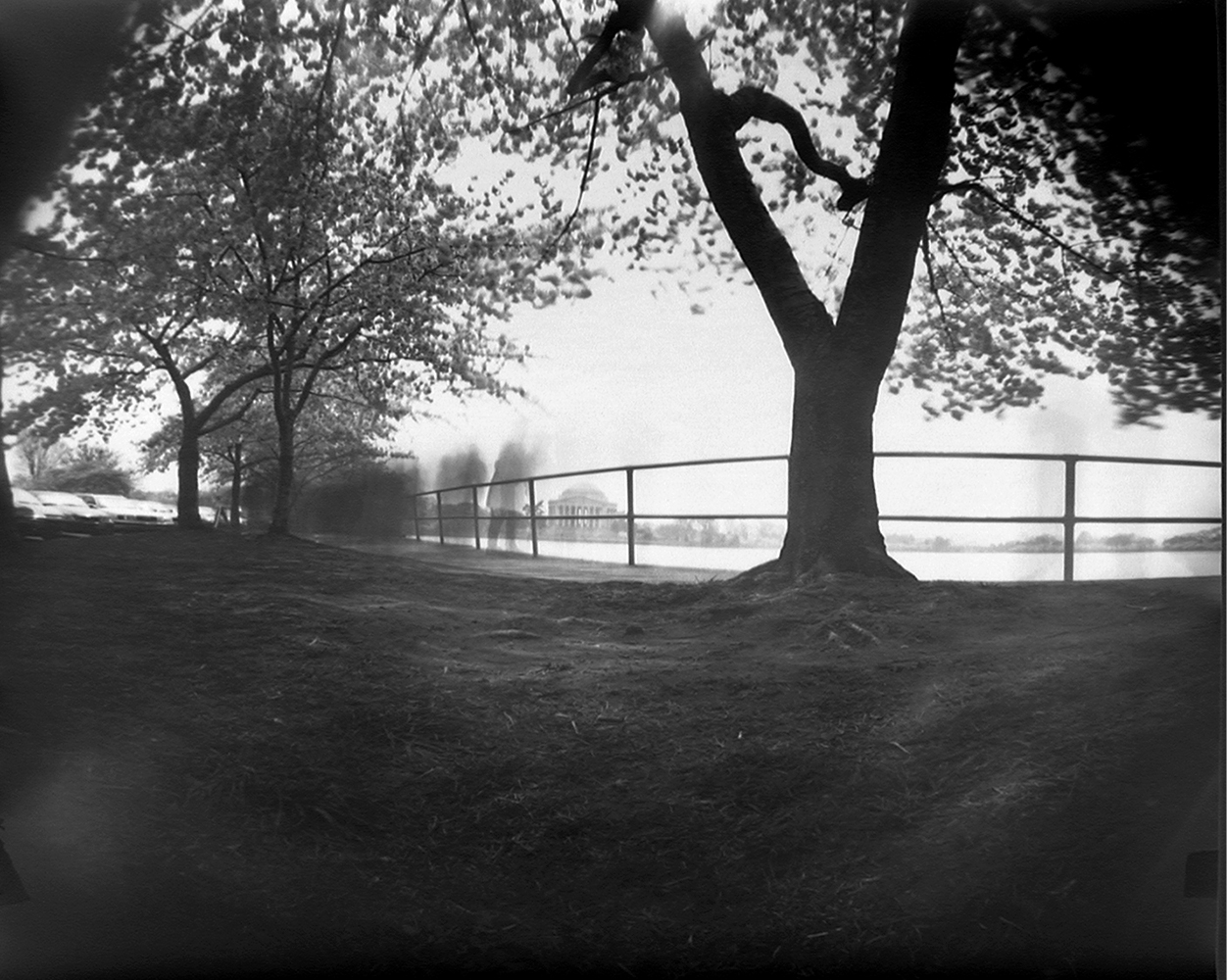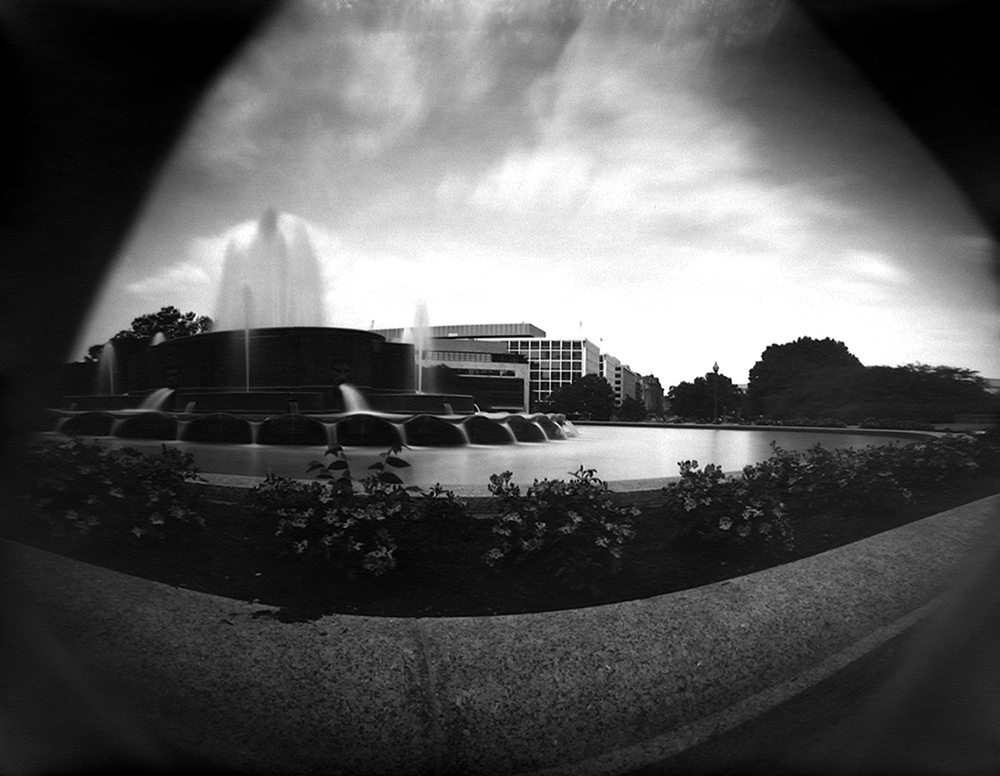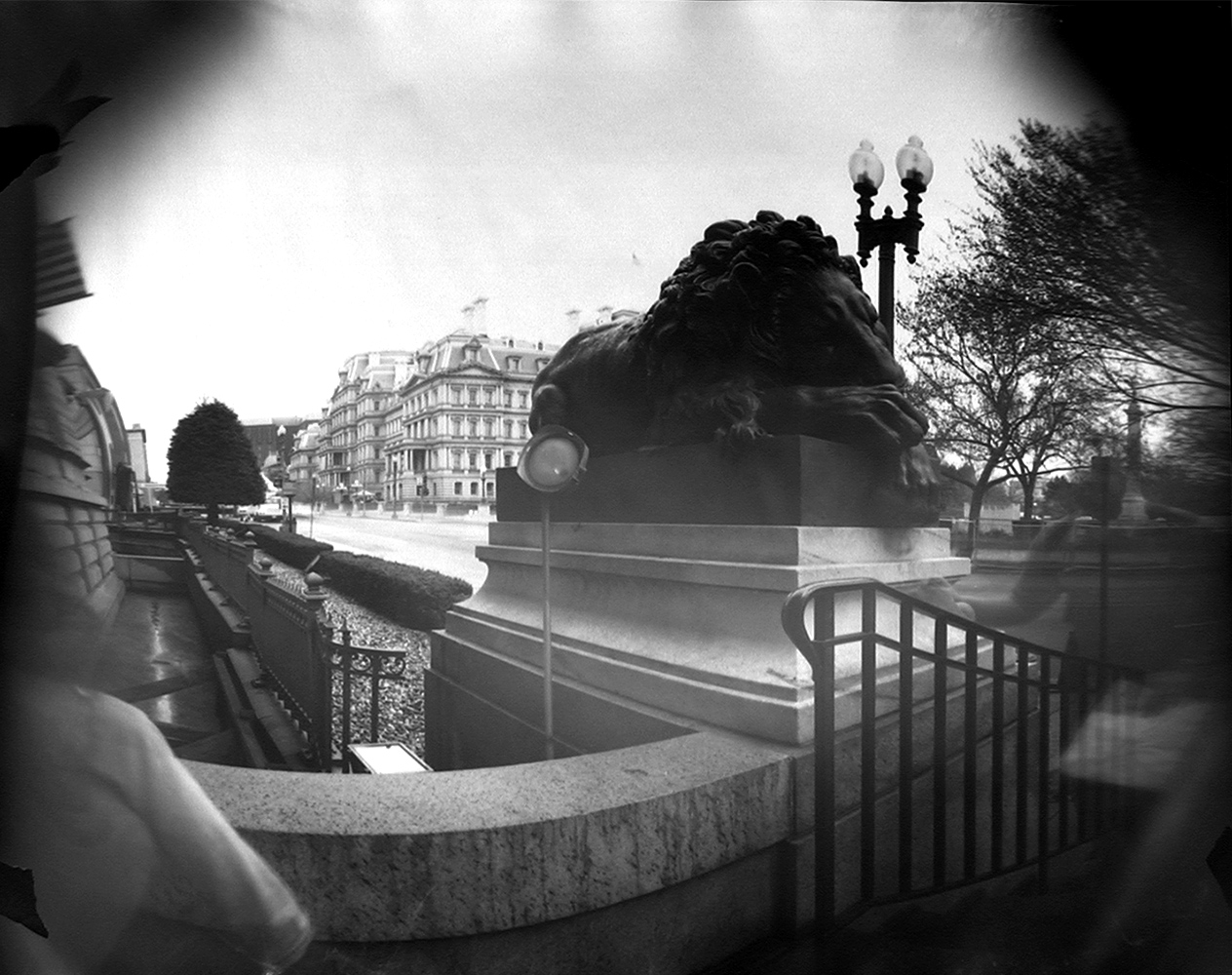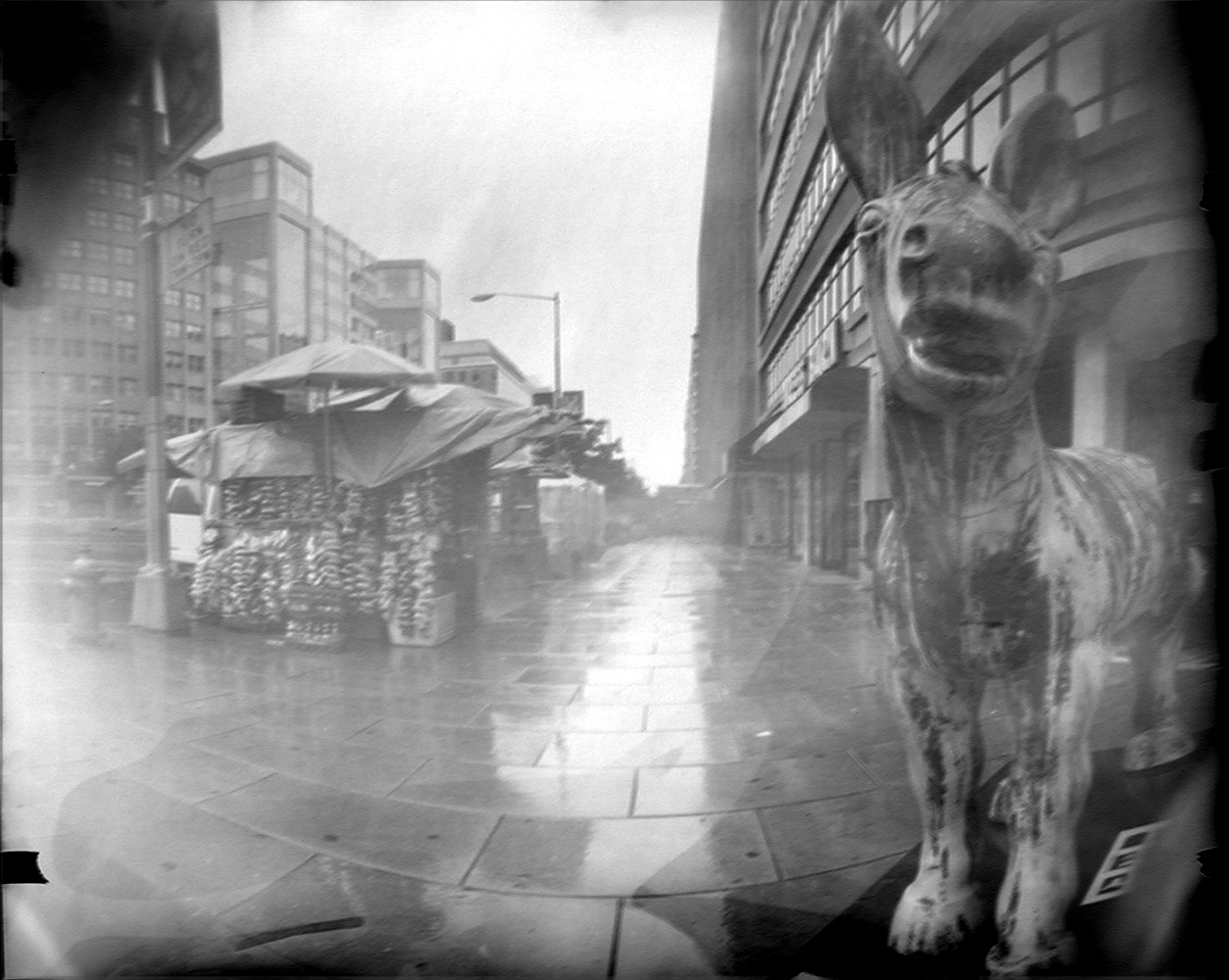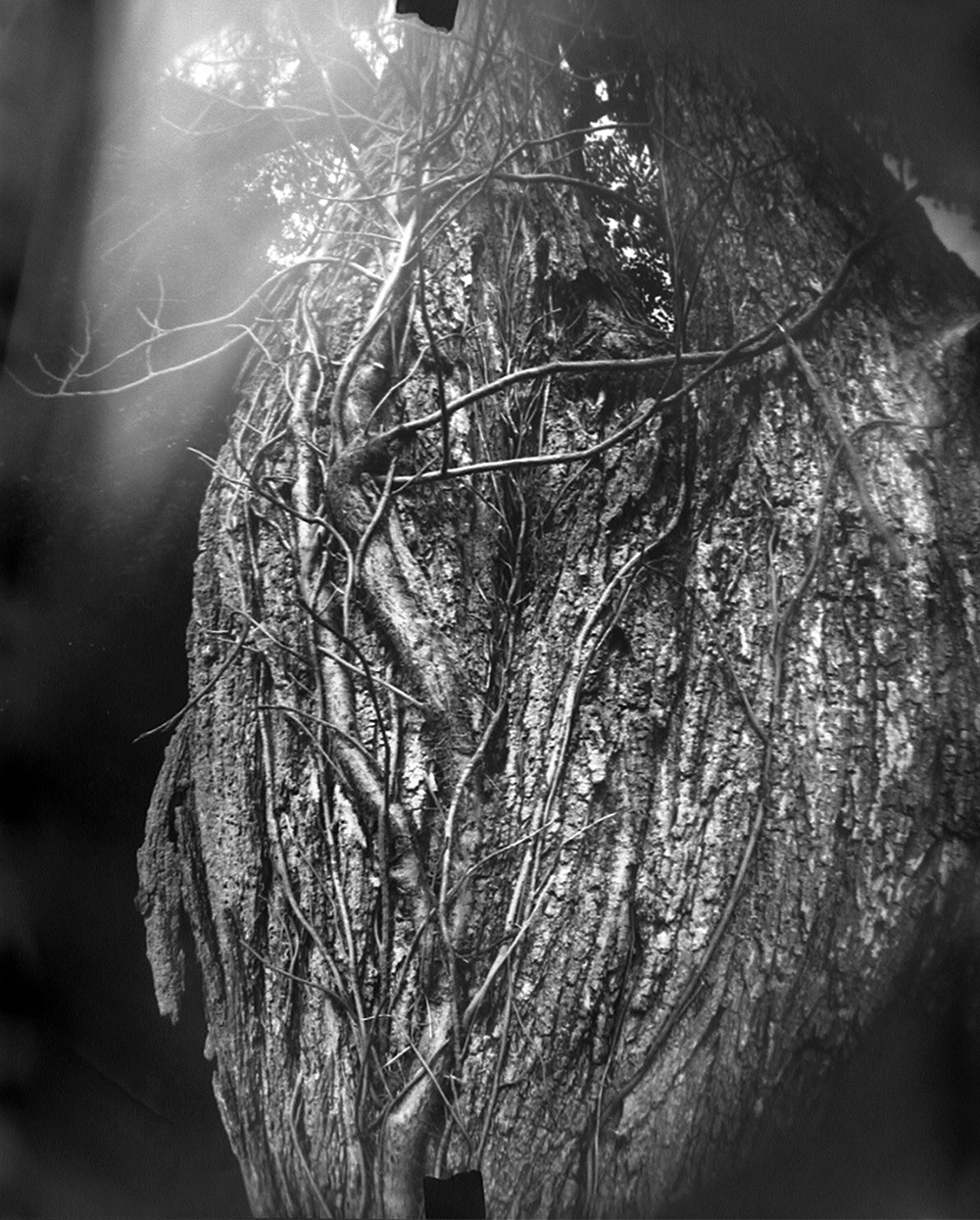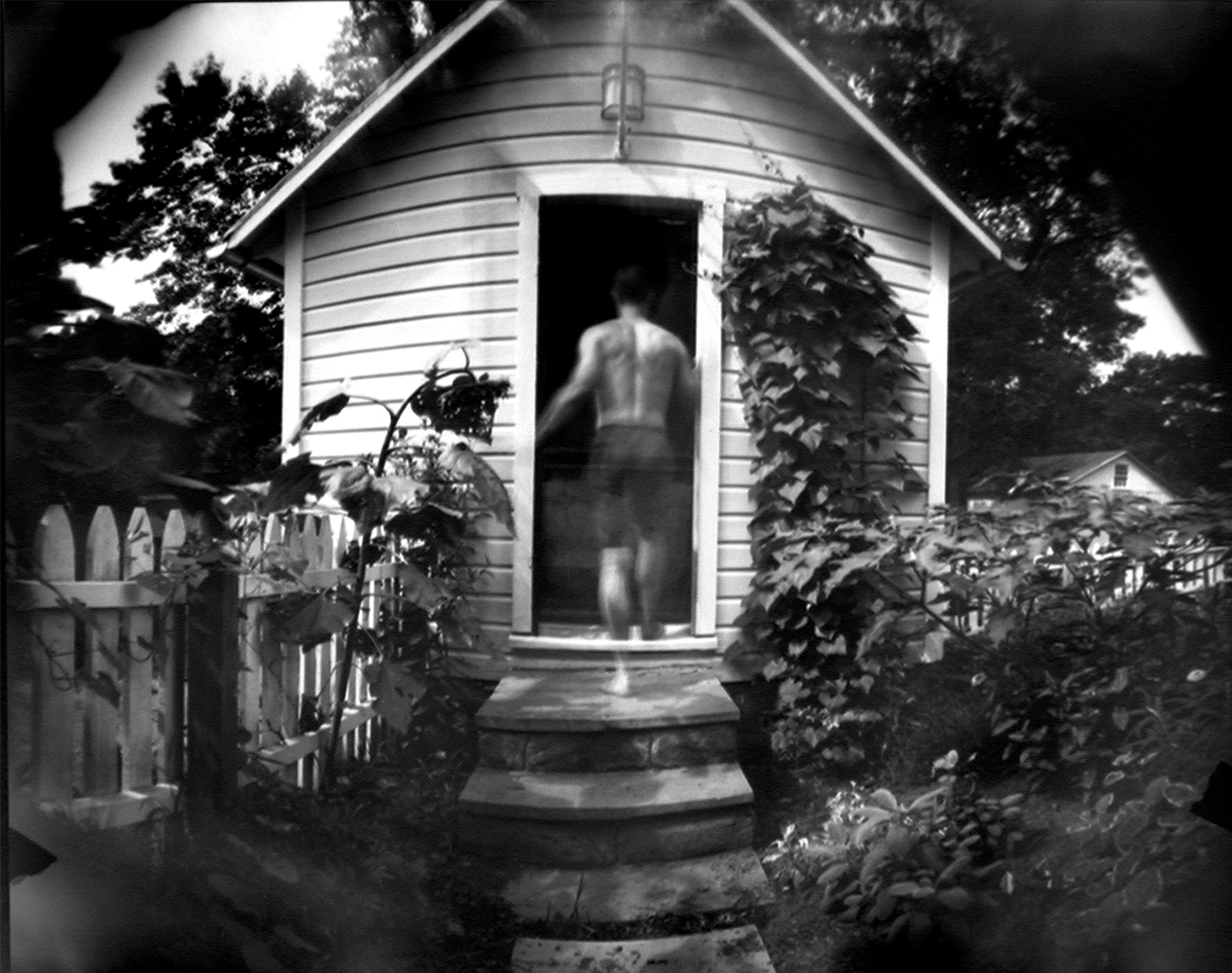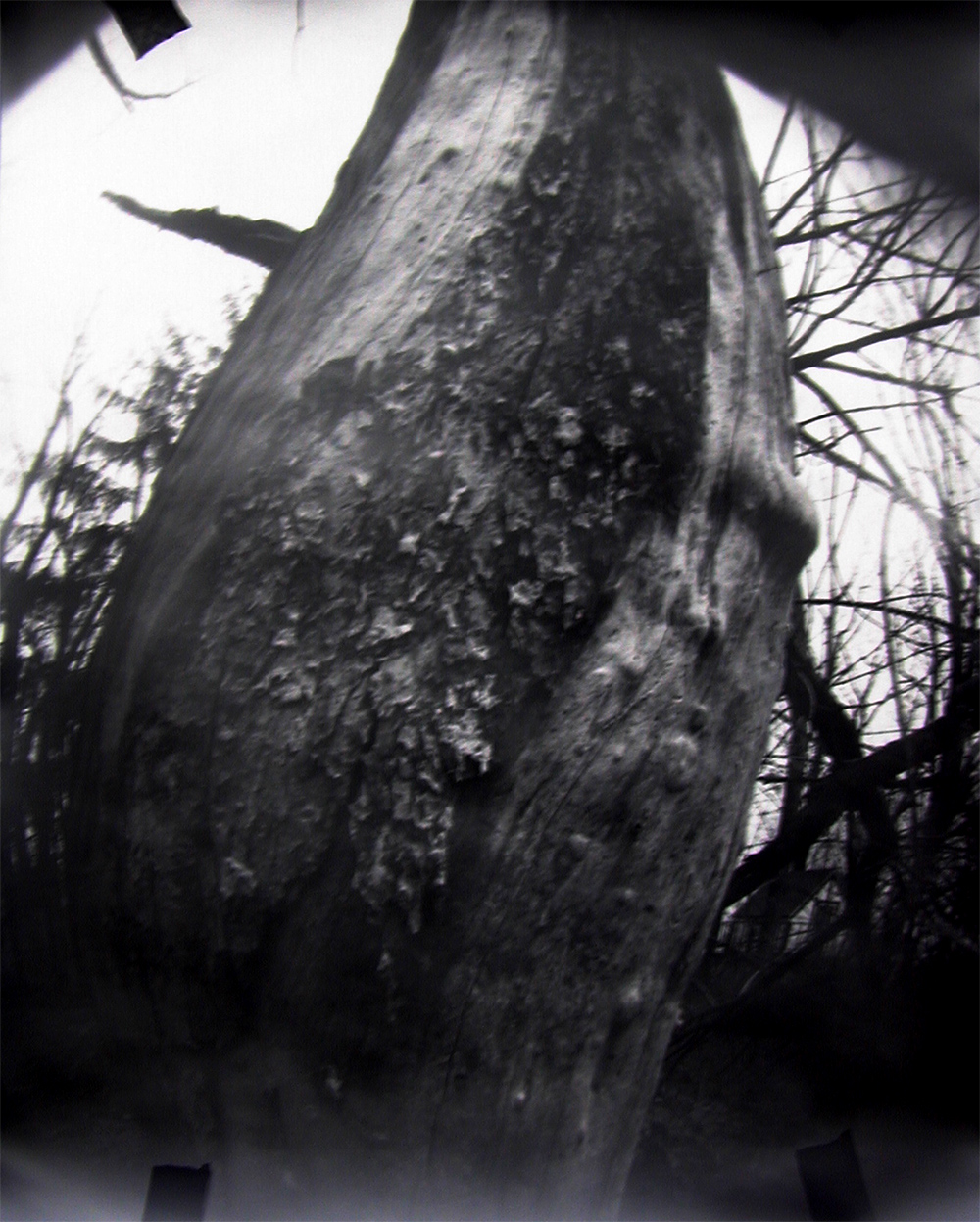2001 – 2004, +100 gelatin silver prints, 20” x 24”
In February 2001, I made a pinhole camera out of a 10-gallon galvanized steel trashcan. The slow exposures explain the transparent presence of movement and activity in many scenes. The trashcan camera produces 16"x20" paper negatives that are contact printed for the final 20”x24” silver gelatin prints. The first two years of work produced cityscapes of Washington DC, but after 9/11 it wasn’t possible to wander the streets with a 10-gallon steel container sealed off with black plastic and duct tape.
Since January 2004, I have been using the trashcan to photograph perception drawings from psychology studies about vision and perception. Images taken from science and the arts are scanned onto transparencies that are photographed with the pinhole trashcan. I expanded the subject matter to consider, from beginning to end, how a photograph is materially made (creation), seen (perception), and understood (cognition). Sample subjects include medical scans of the eye, Gestalt psychology drawings, an 1840 English translation of Daguerre’s photo process, sheet music, cave drawings, Renaissance paintings, cookie cutters, dials, graphs and data sheets from Kodak how-to books, a Kodak grey card, a Chipotle napkin.


